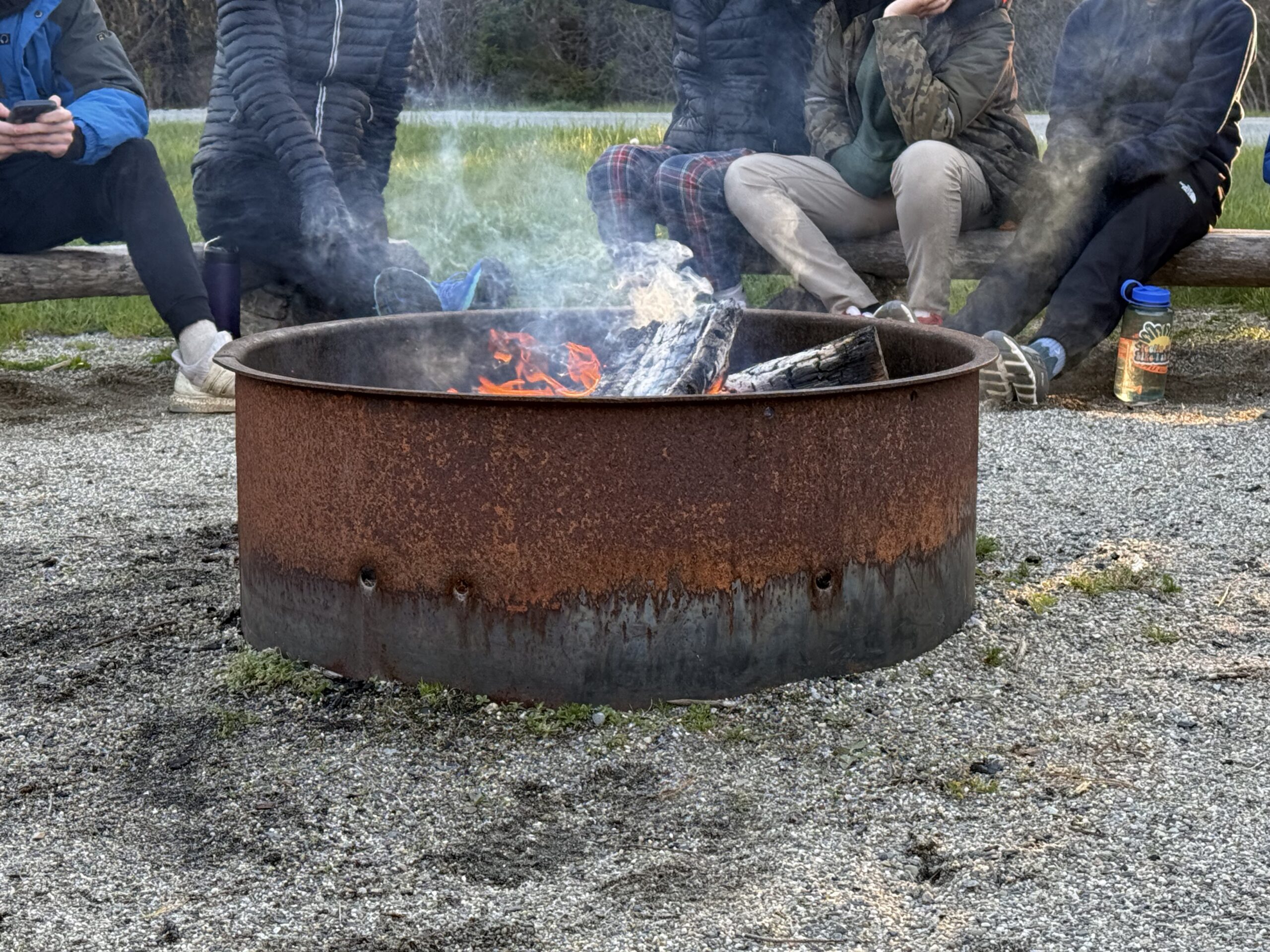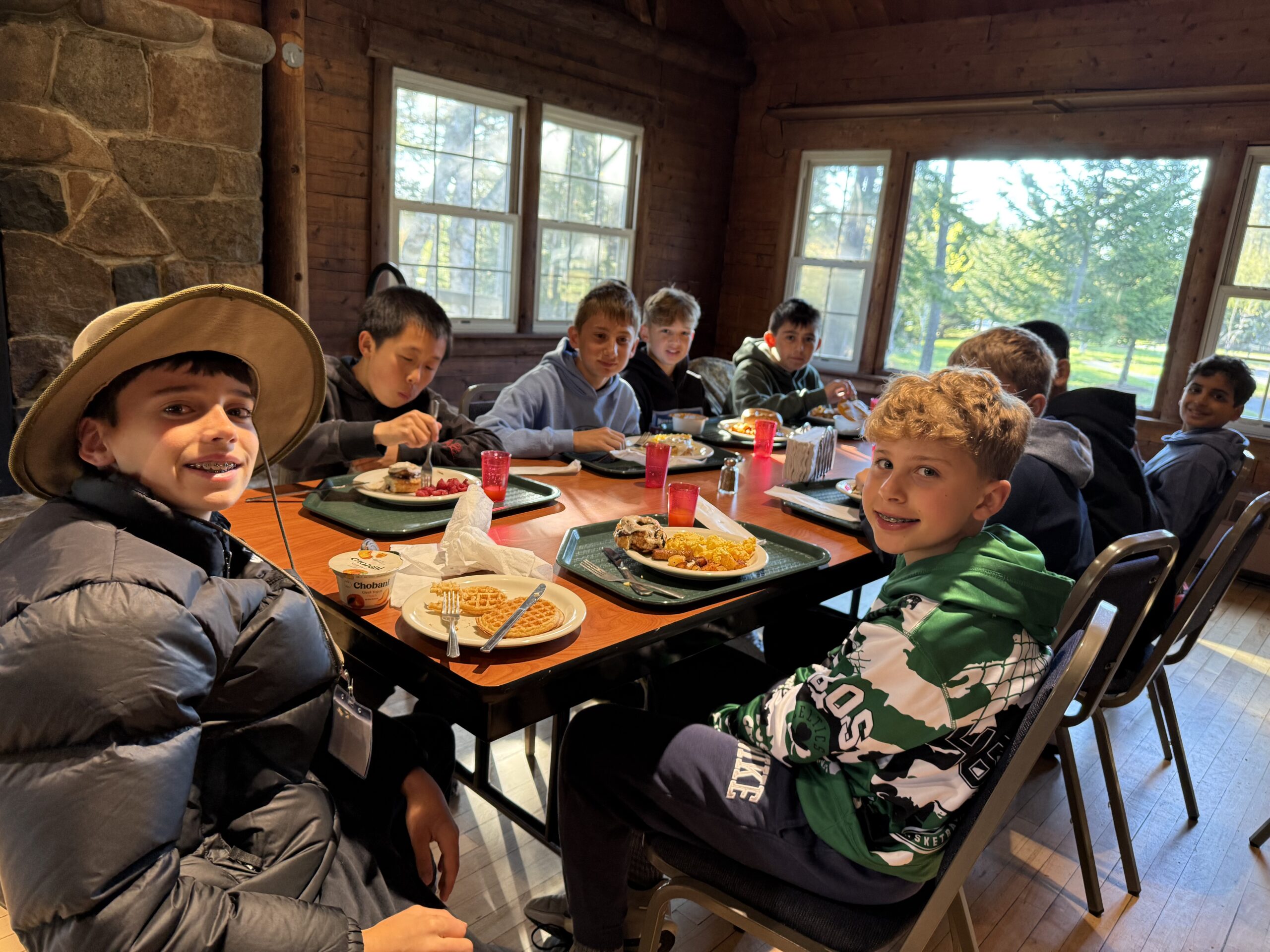
We started the day bright and early with a delicious breakfast in the cafeteria. We enjoyed quite the spread of scrambled eggs, bacon, cinnamon rolls, hash browns, and fruit!
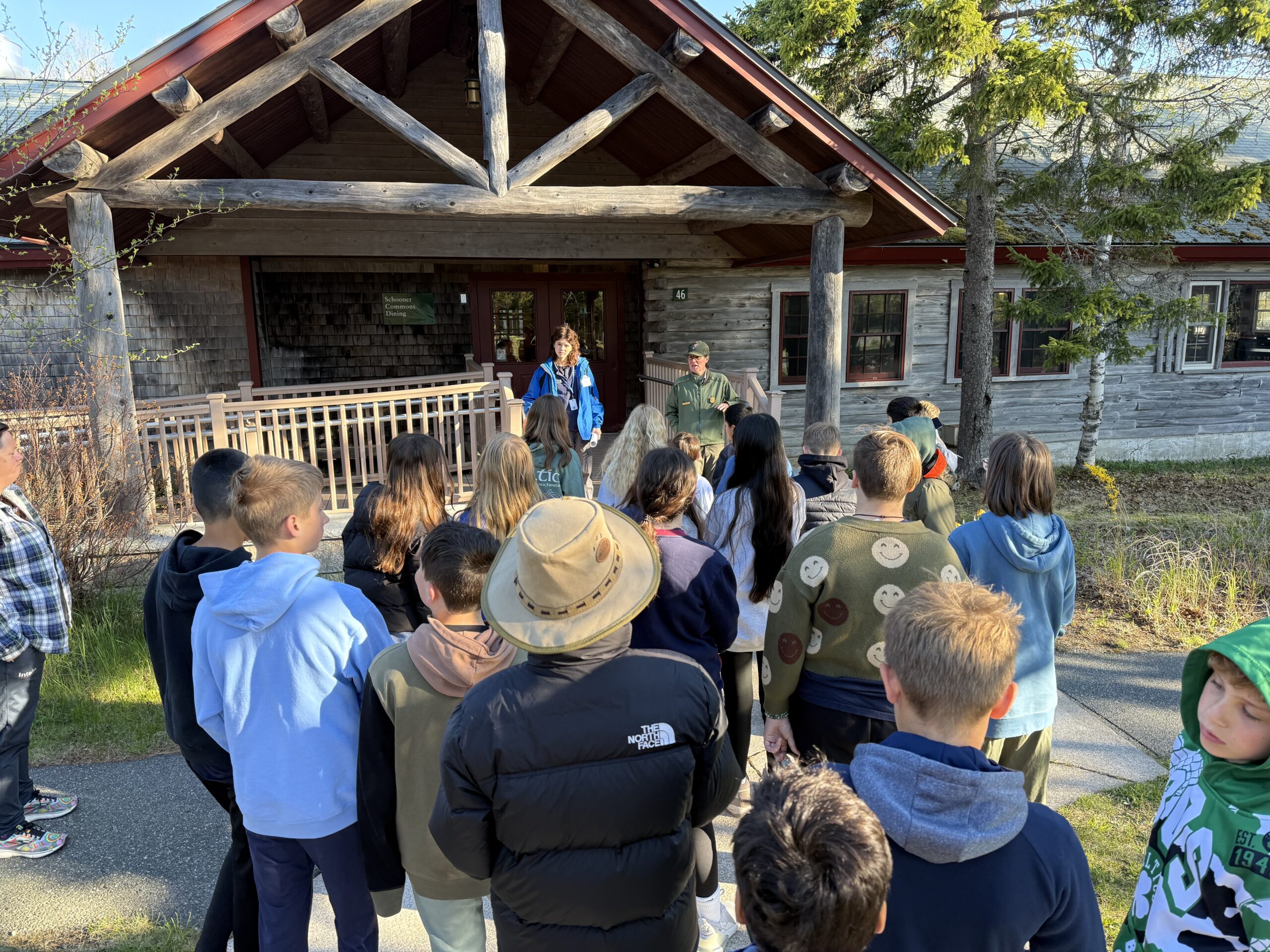
We received our instructions for the day from Ranger Alexa for Day 2 and got to work!
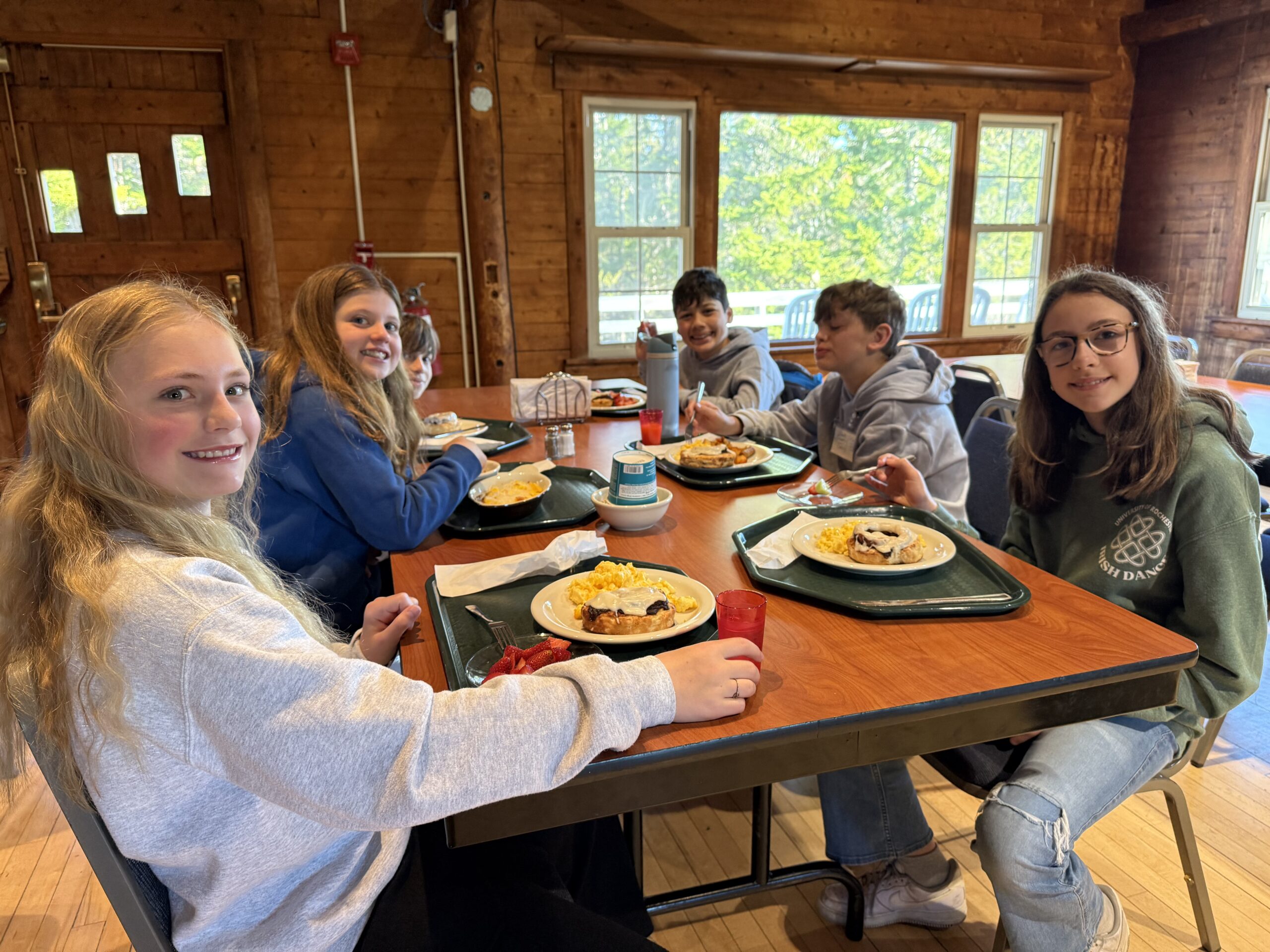
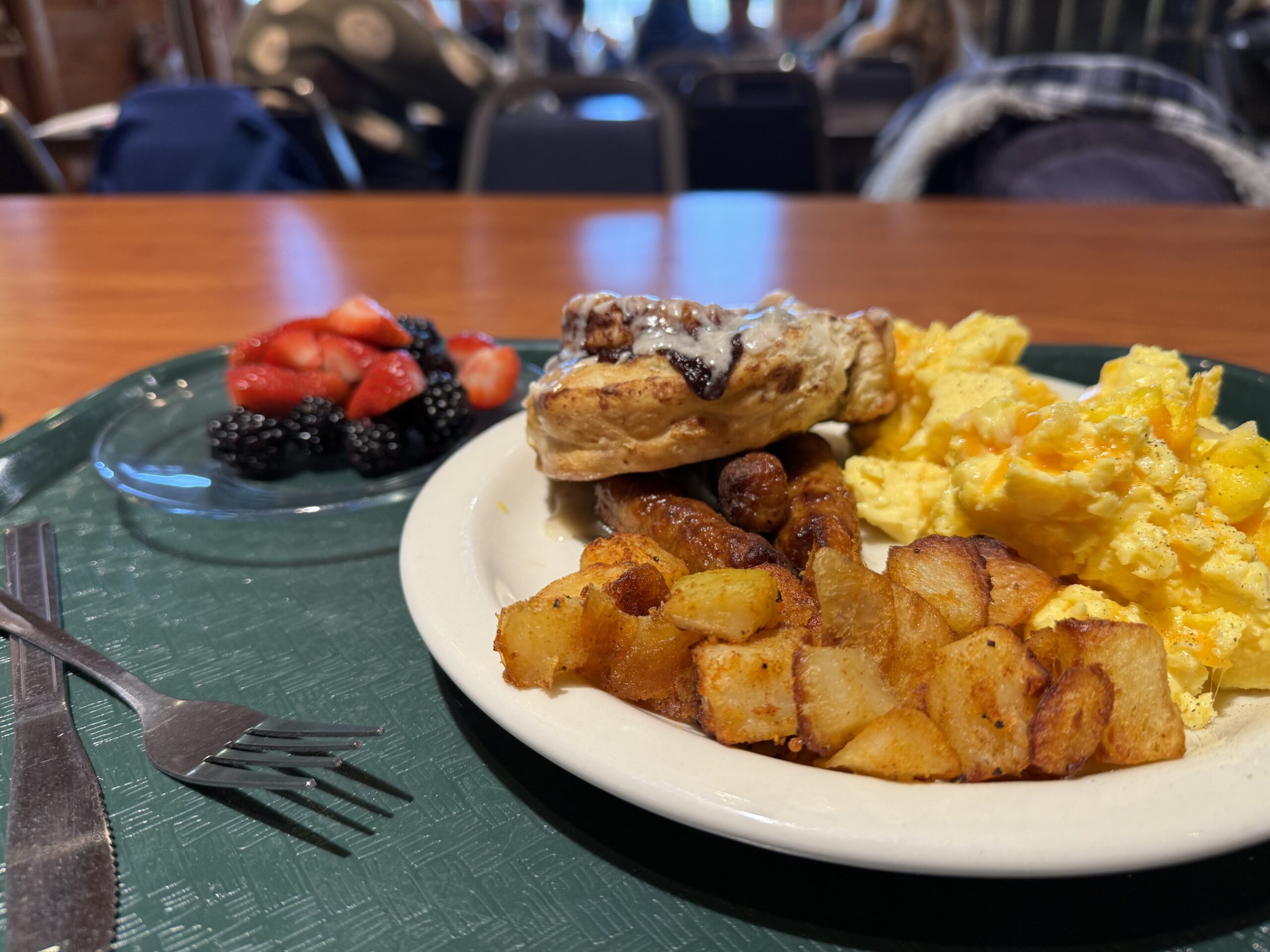
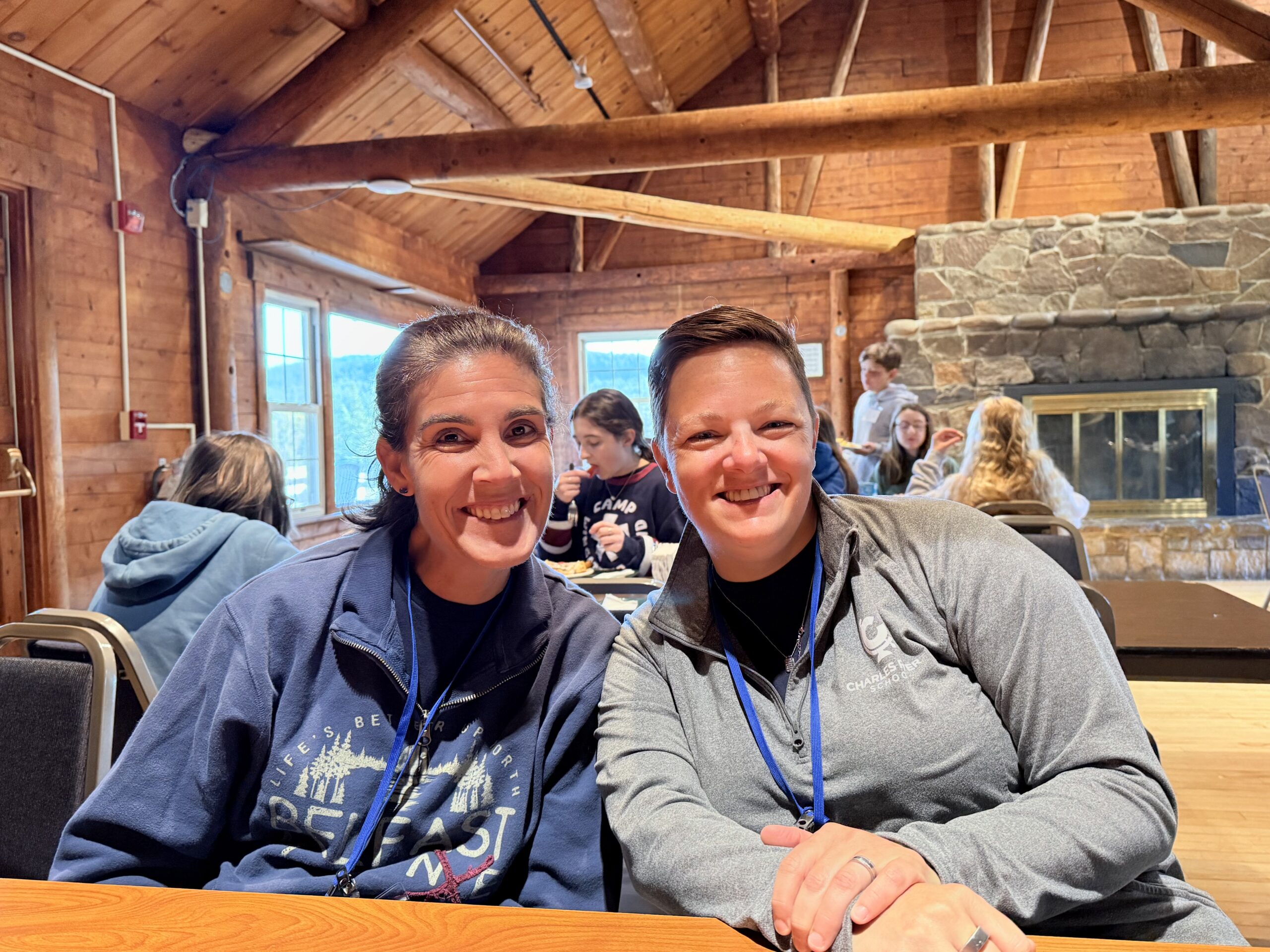


The backdrop for our field trip is truly a sight to behold.
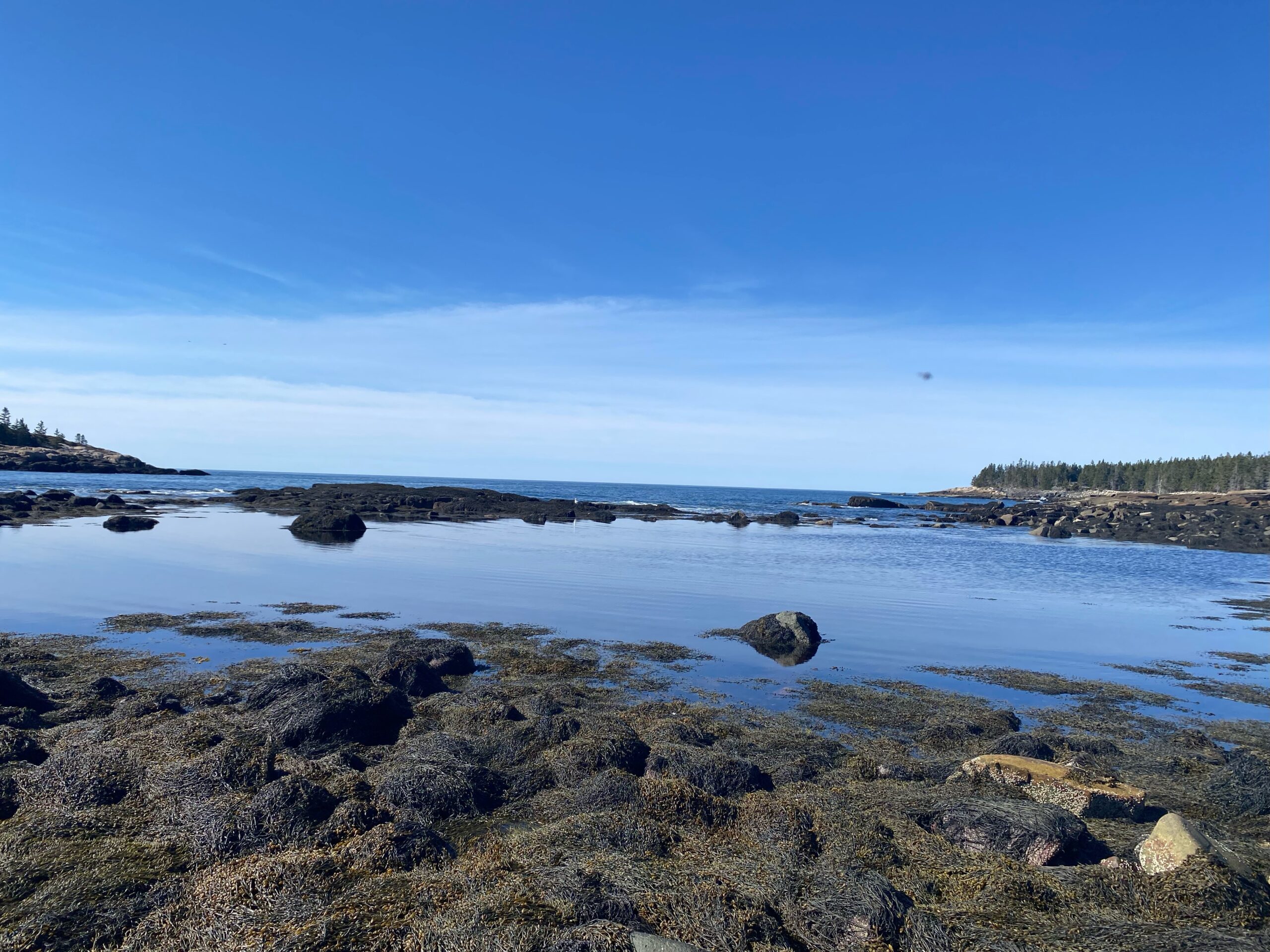
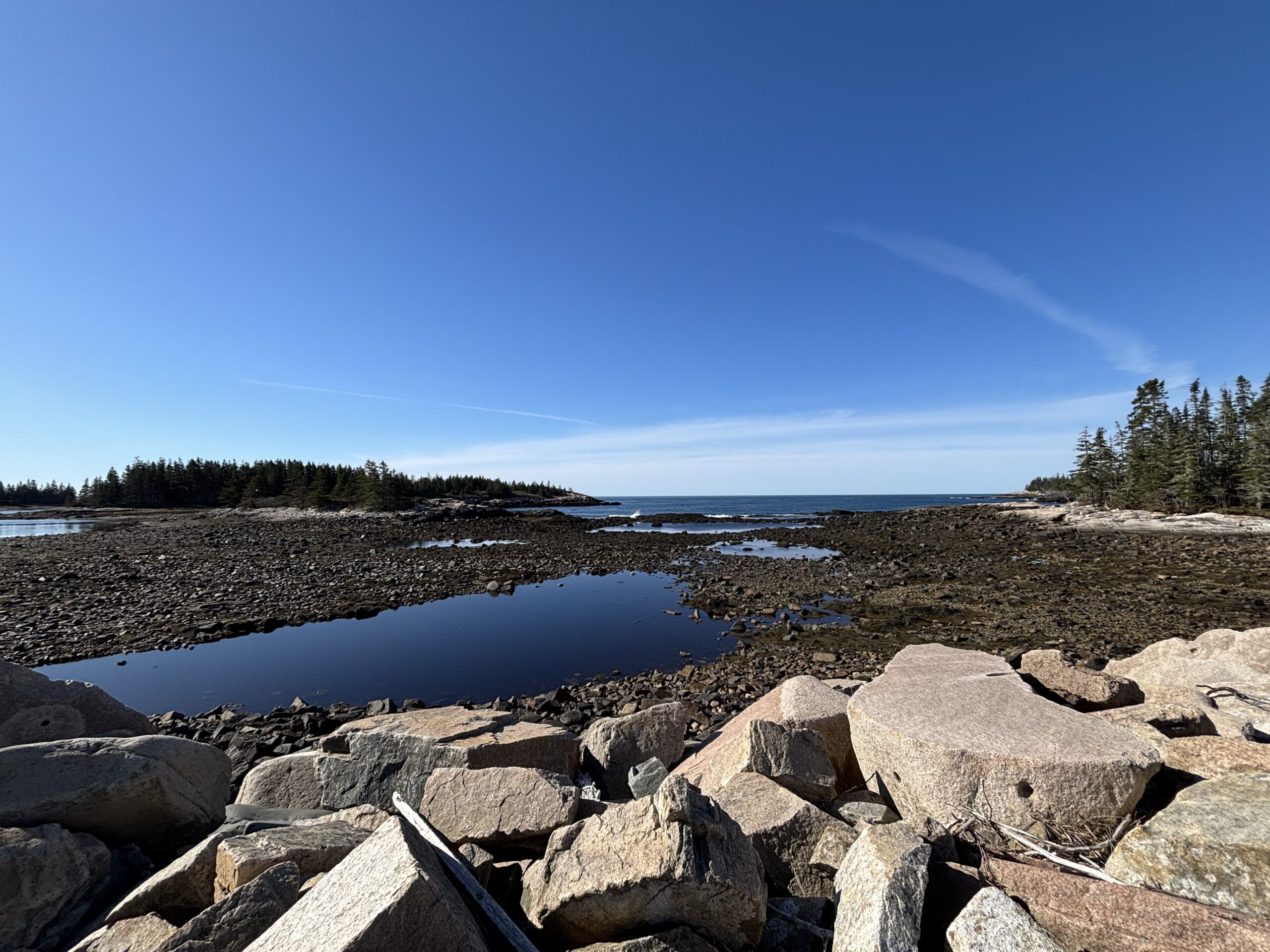
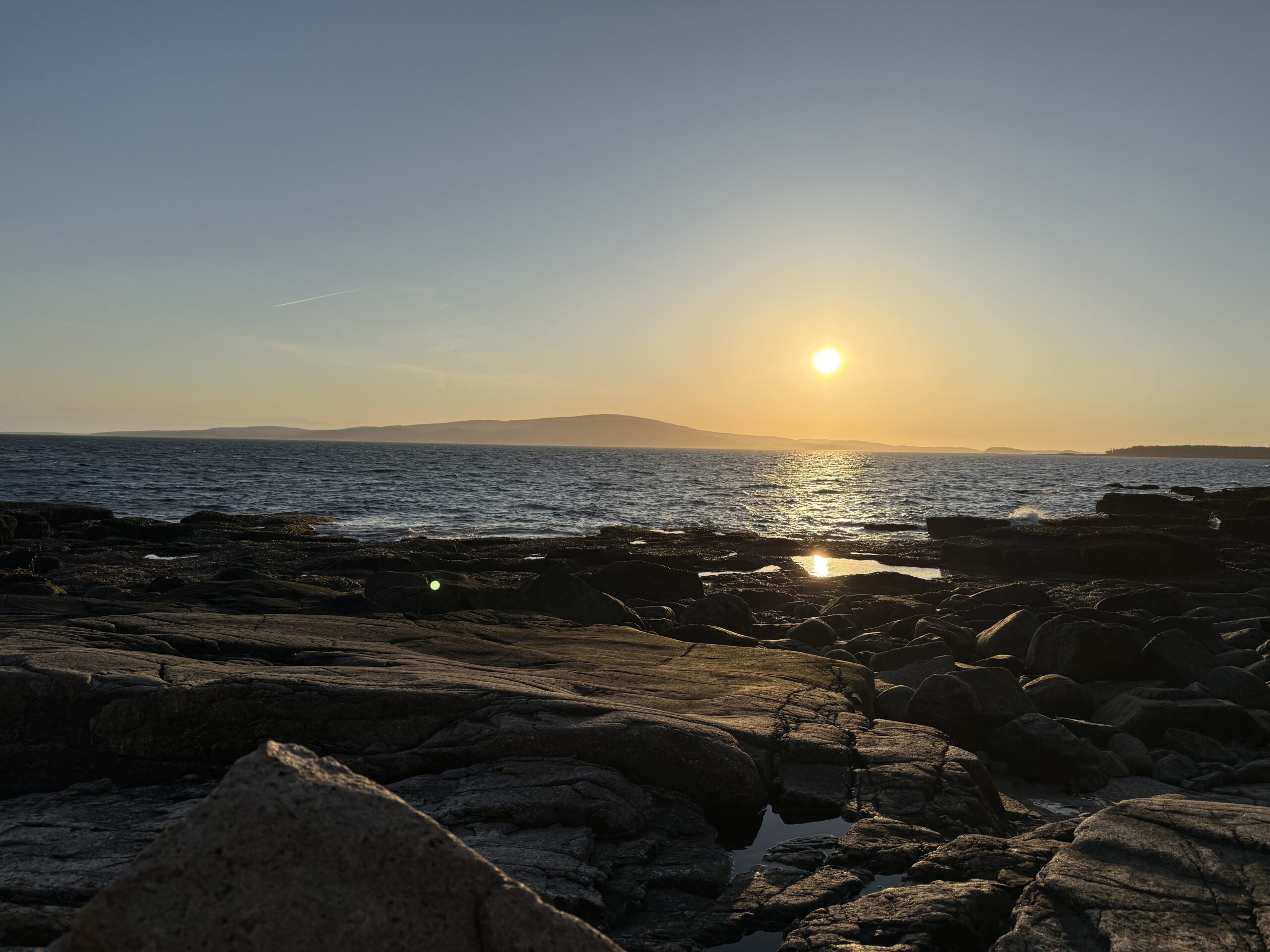
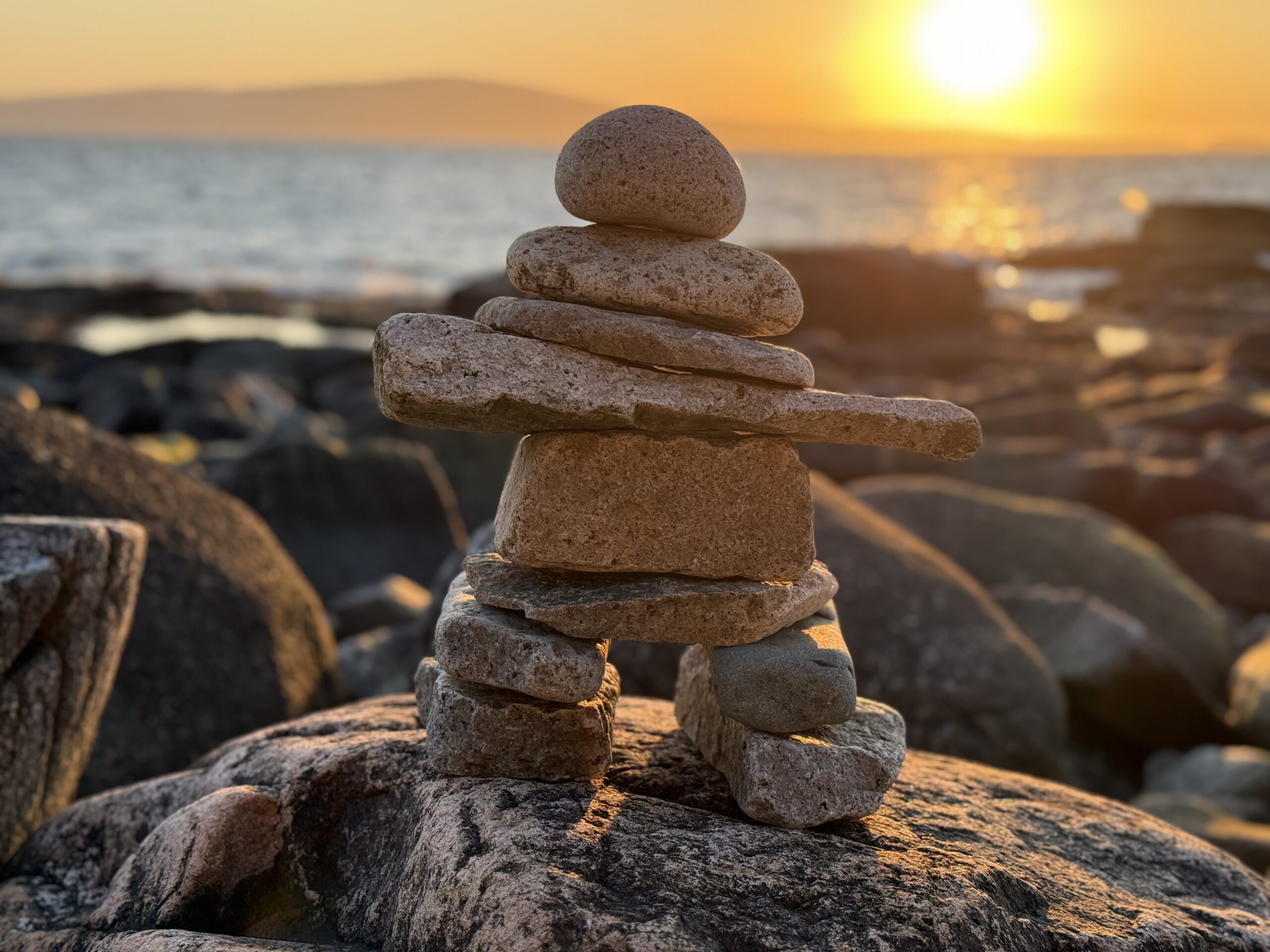
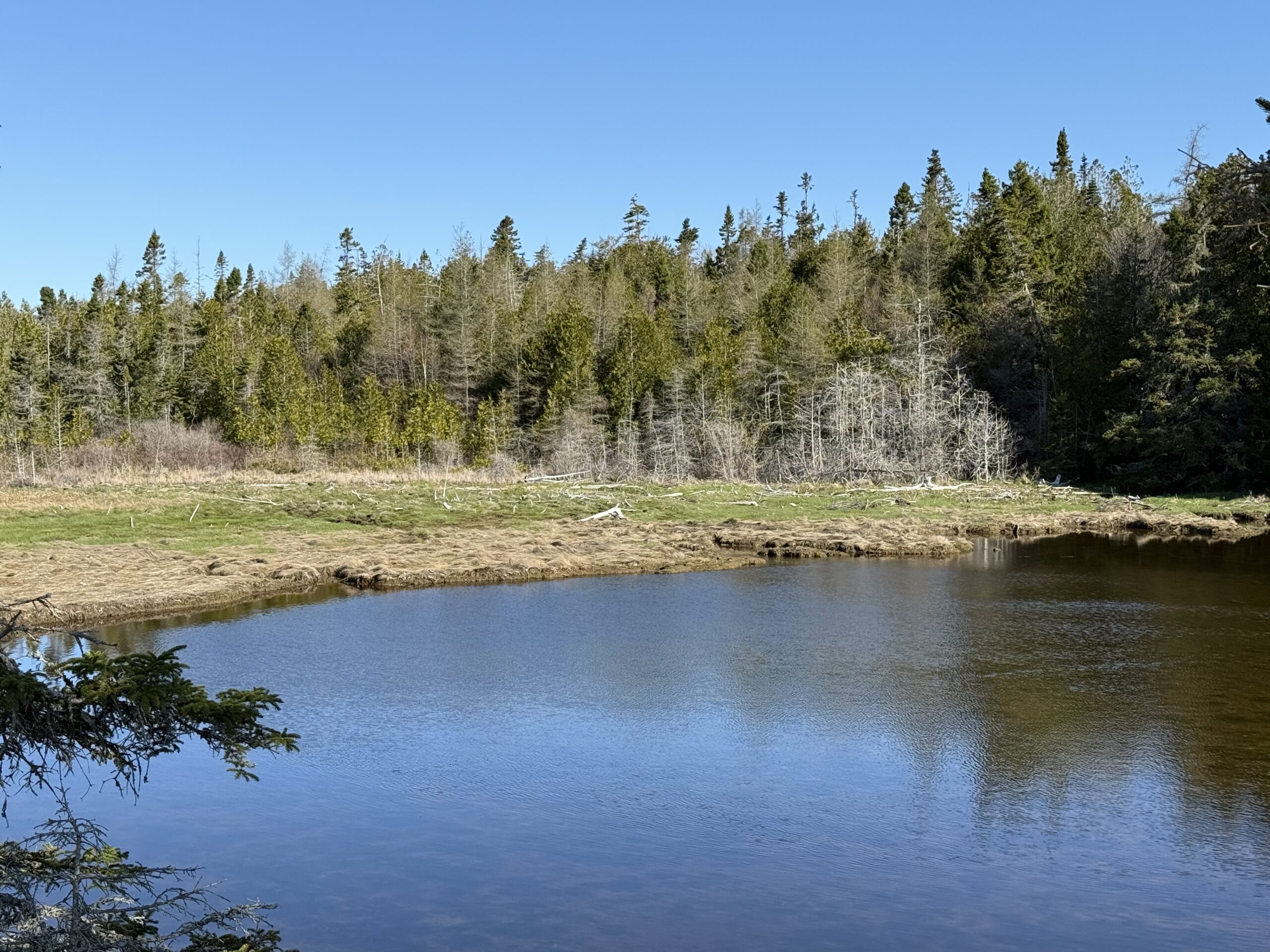

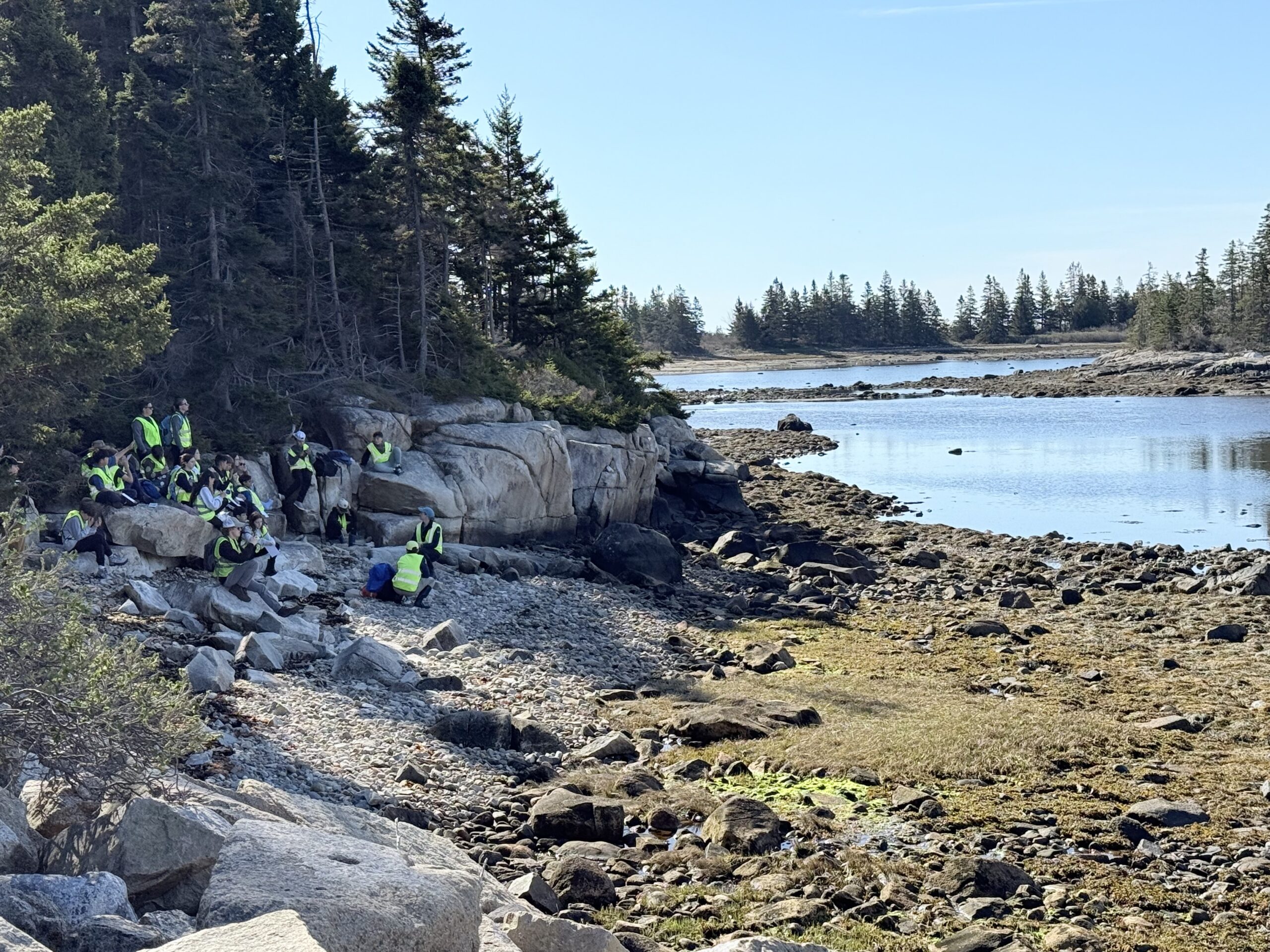
Our first activity of the day was the Marine Bioblitz and Chemistry program. This program combines the core principles of marine investigations and basic chemistry data collection. Students participated in a population survey of shoreline organisms.
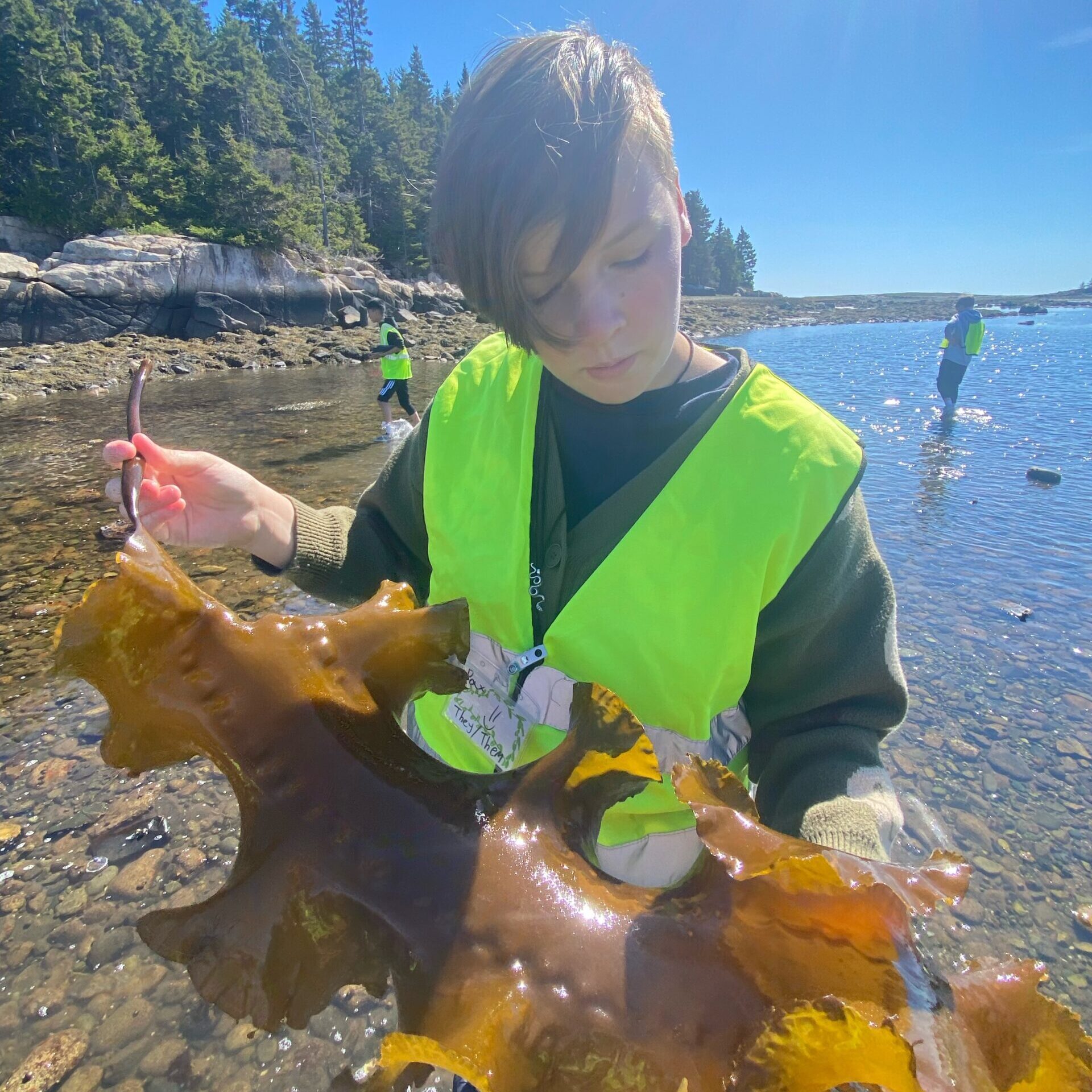
We conducted chemistry tests for salinity, clarity, dissolved oxygen, pH, and assorted nutrient loading while investigating the properties of water.
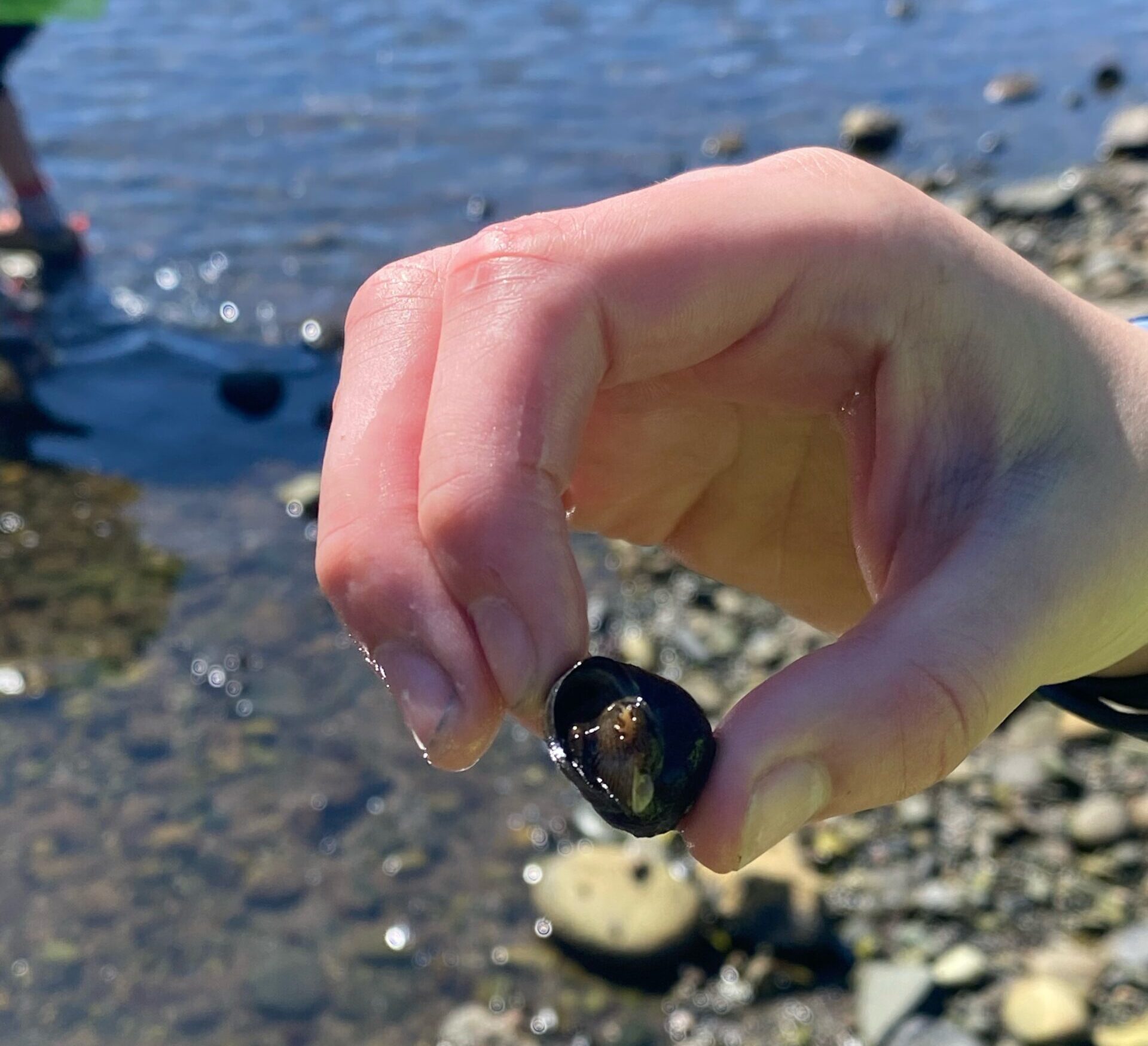
We experimented with salinity and density to determine how these factors affect the currents in the Gulf of Maine.
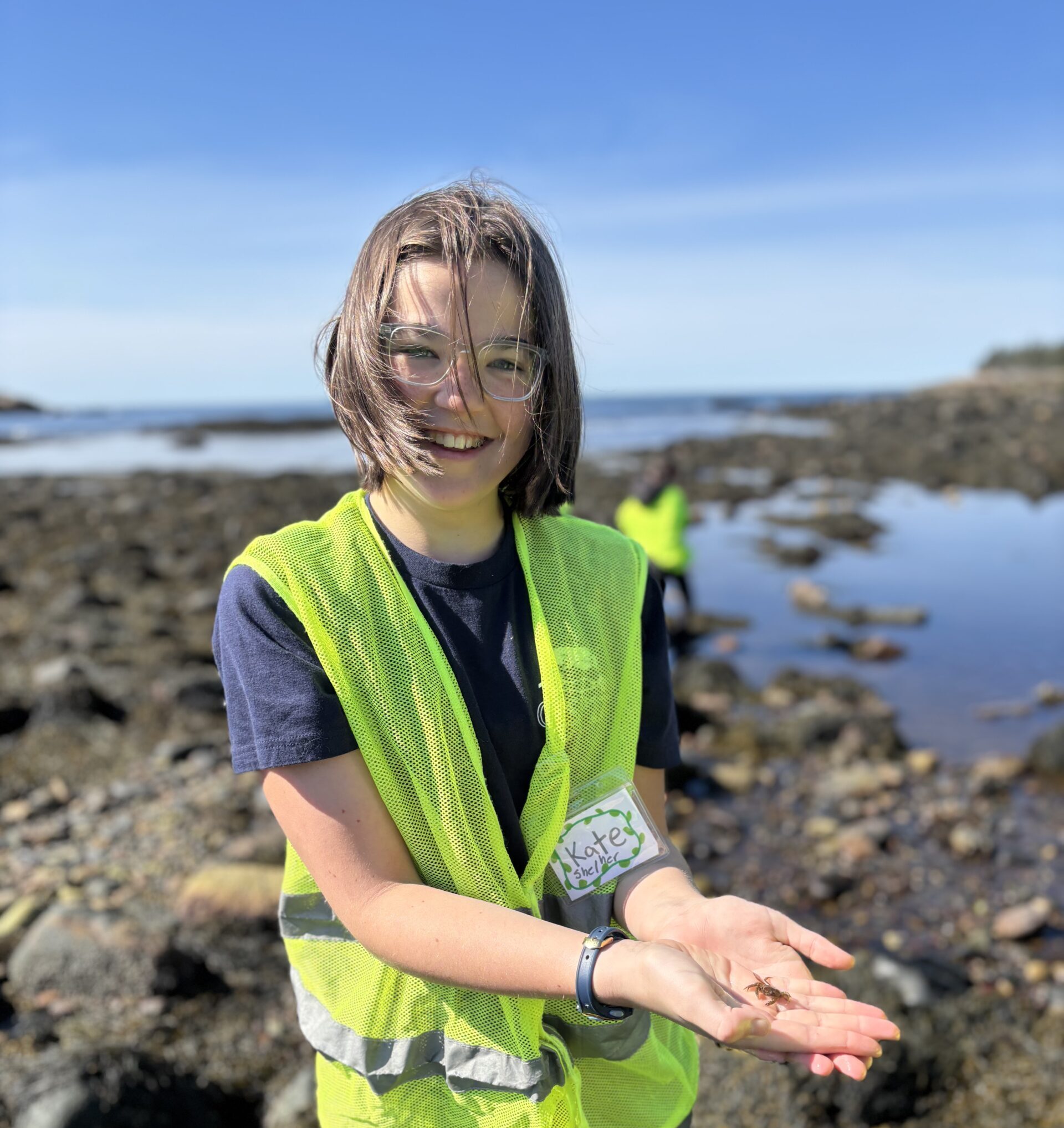
This activity builds upon the work we did testing fresh water in the classroom this year!
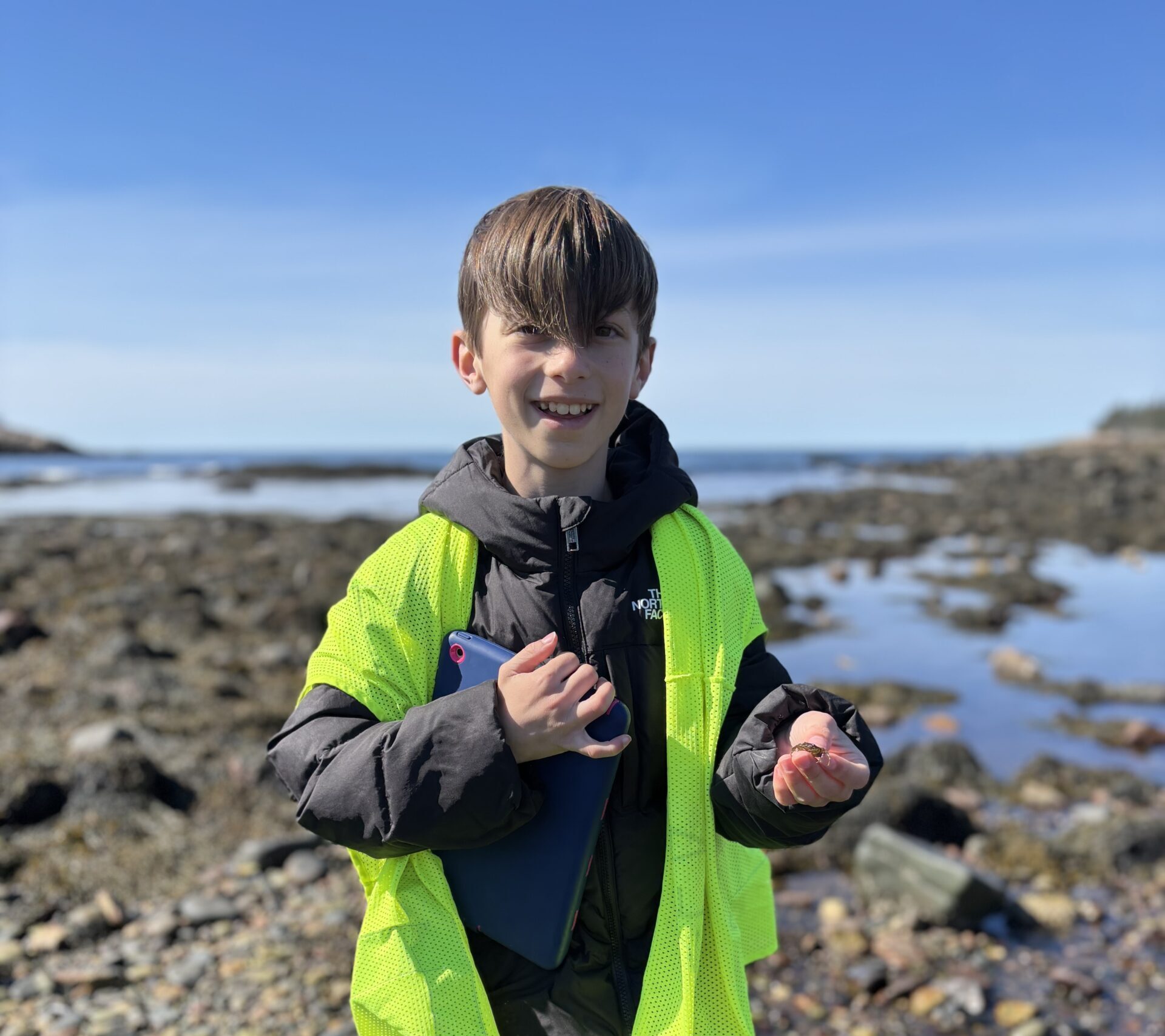
Students observations included “This crab is hiding! It’s so slimy! I found the baby crabs!”
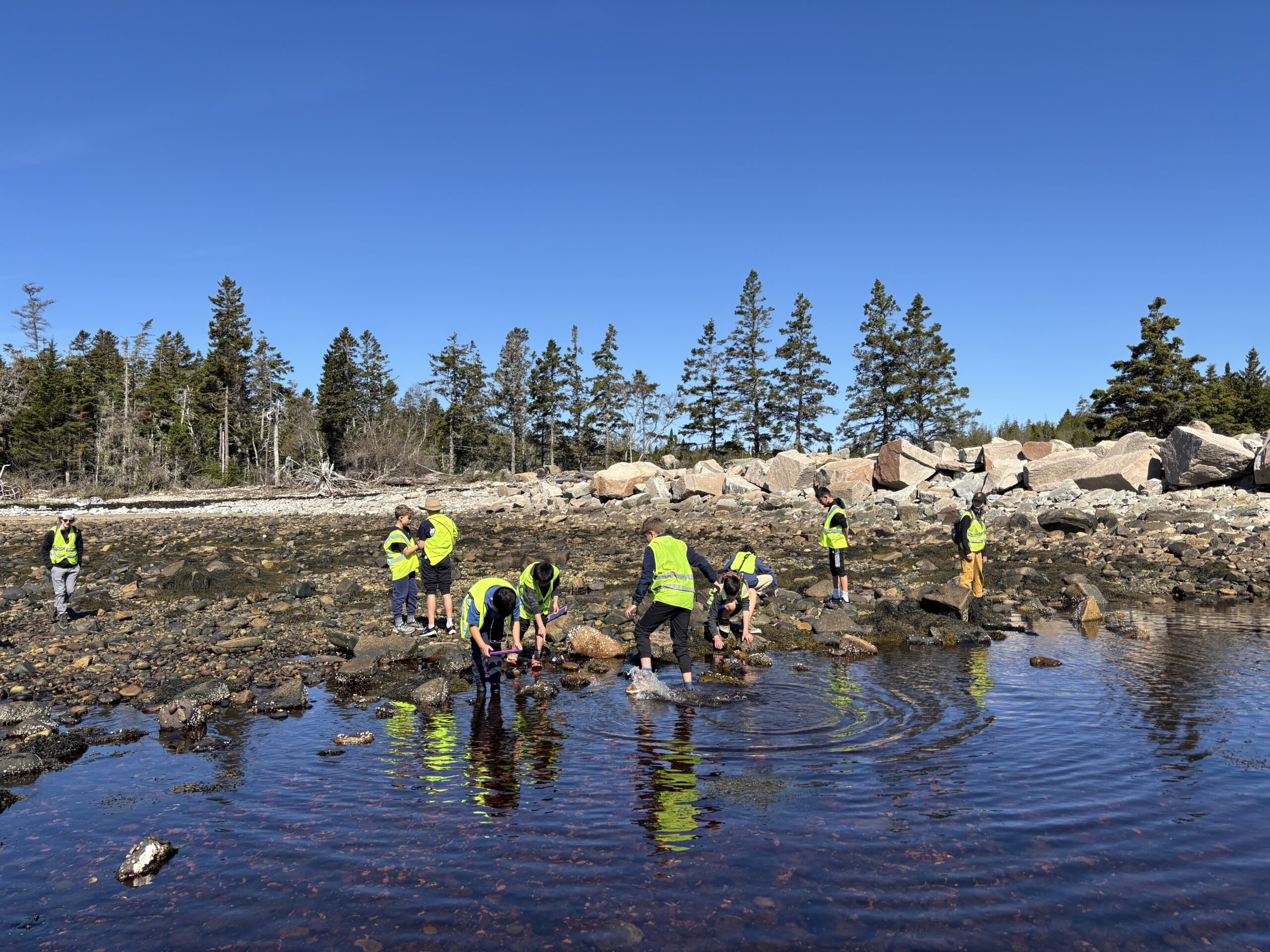
“I have a kelp tail!”
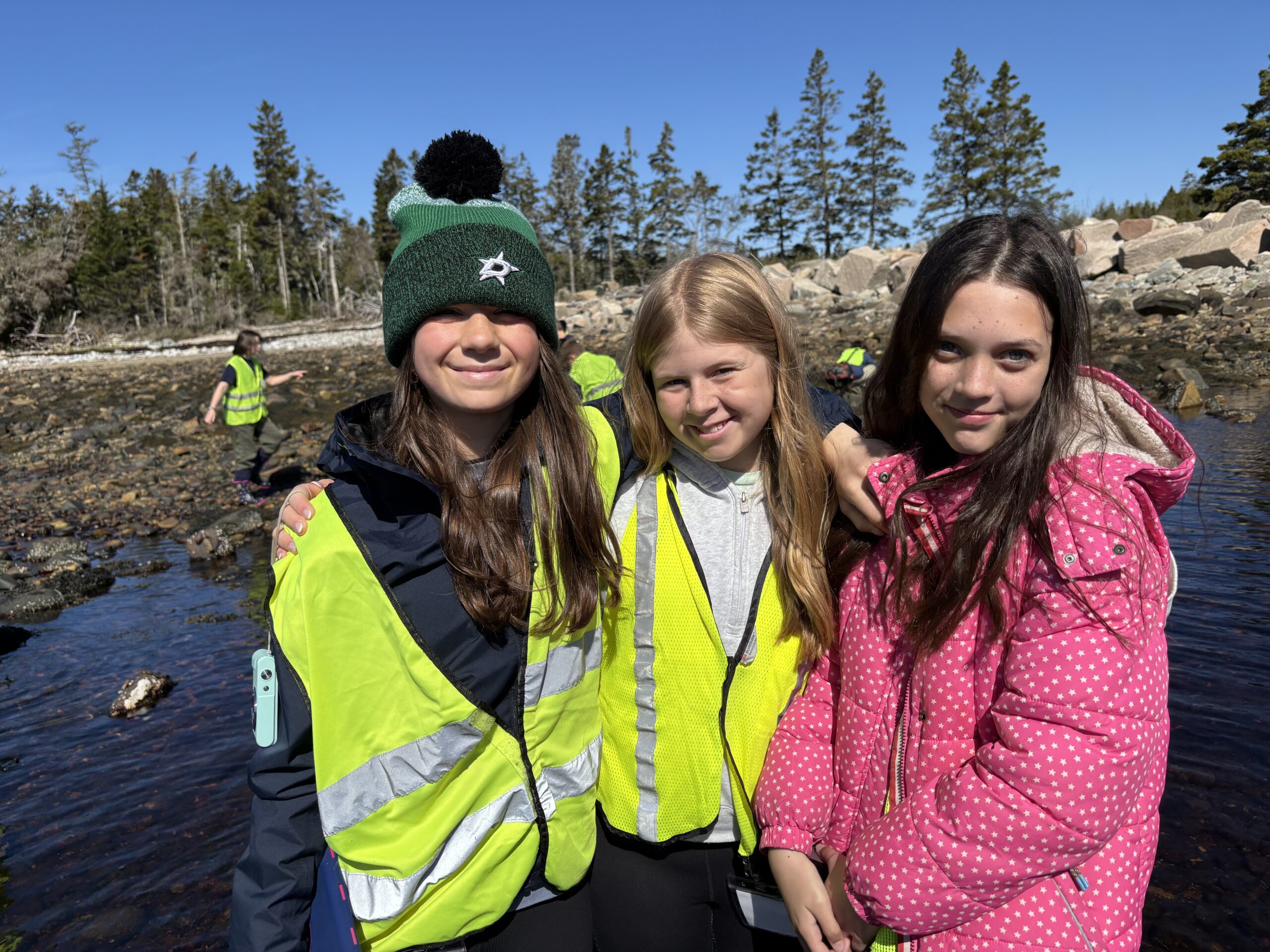
“I caught a shrimp!”
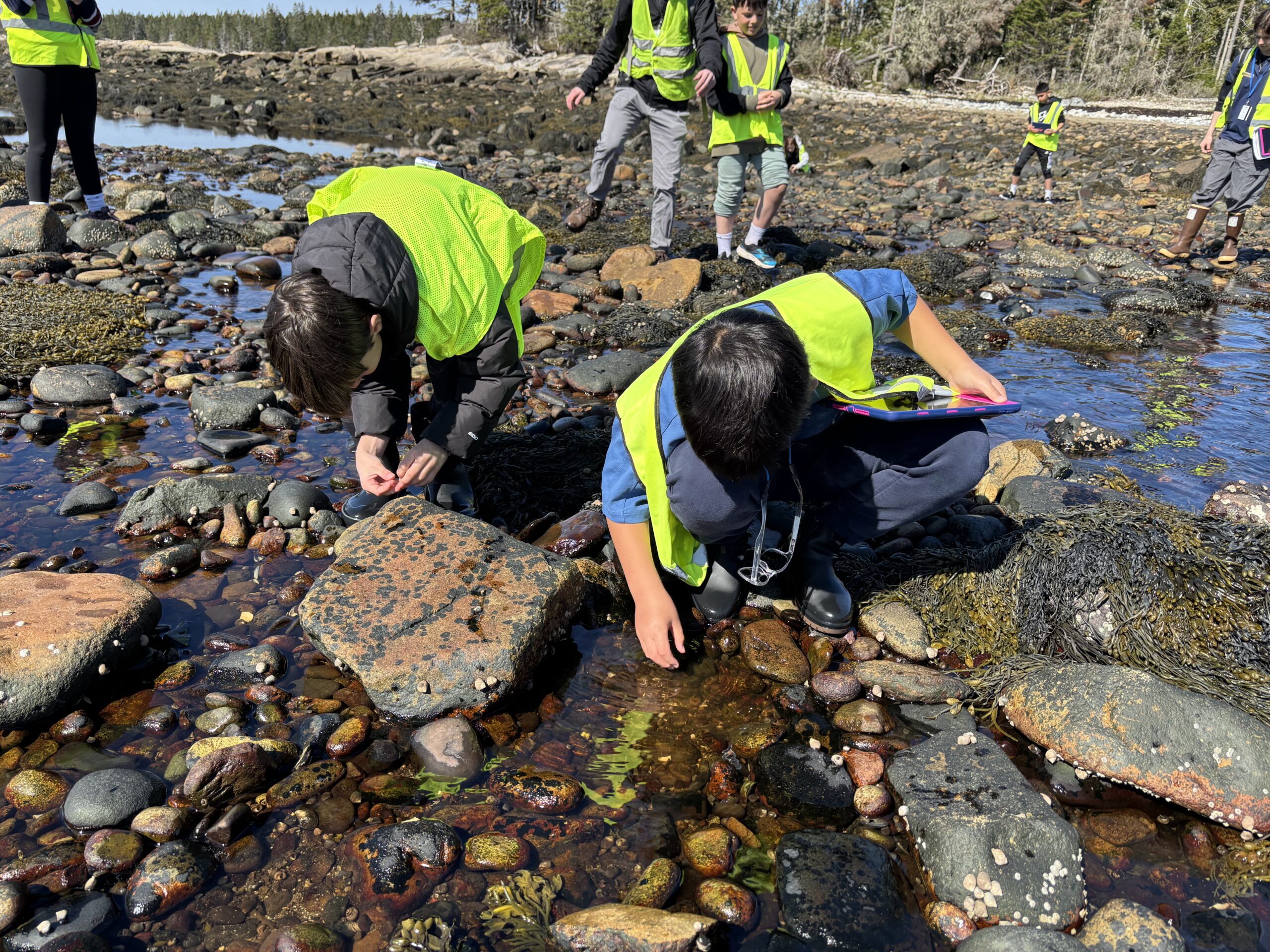
“Can I hold the crab?”
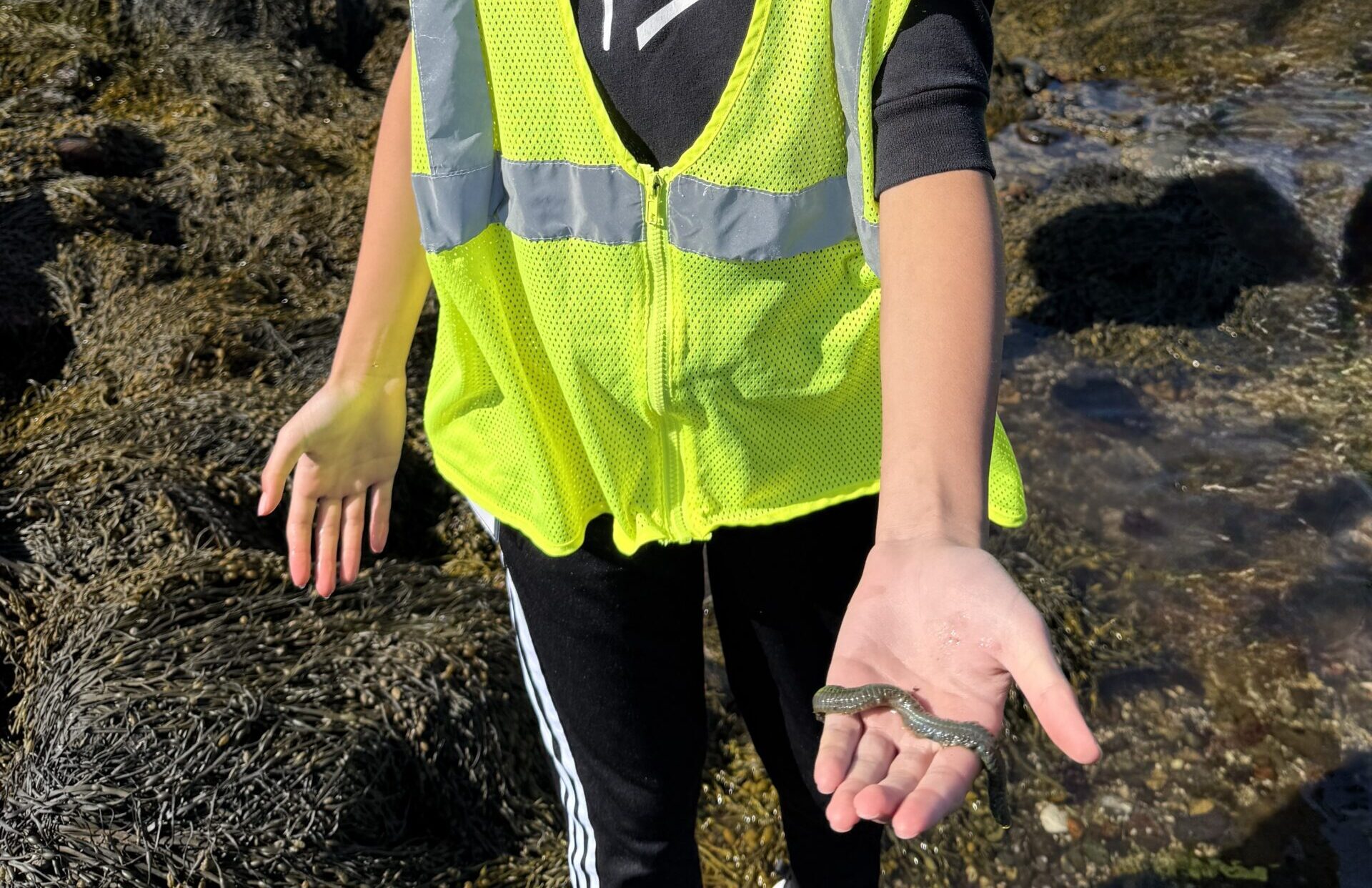
We found 11 different species!
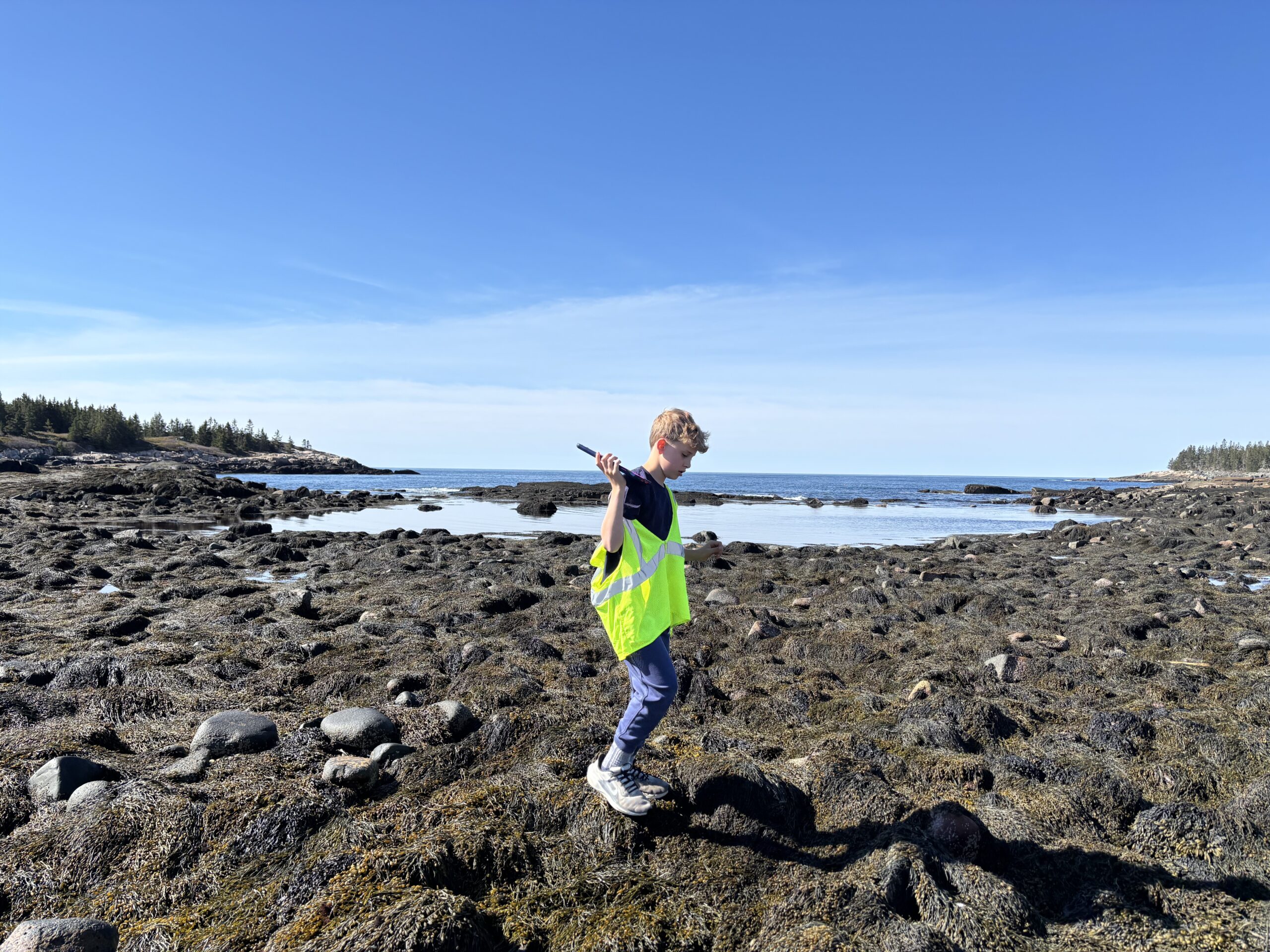
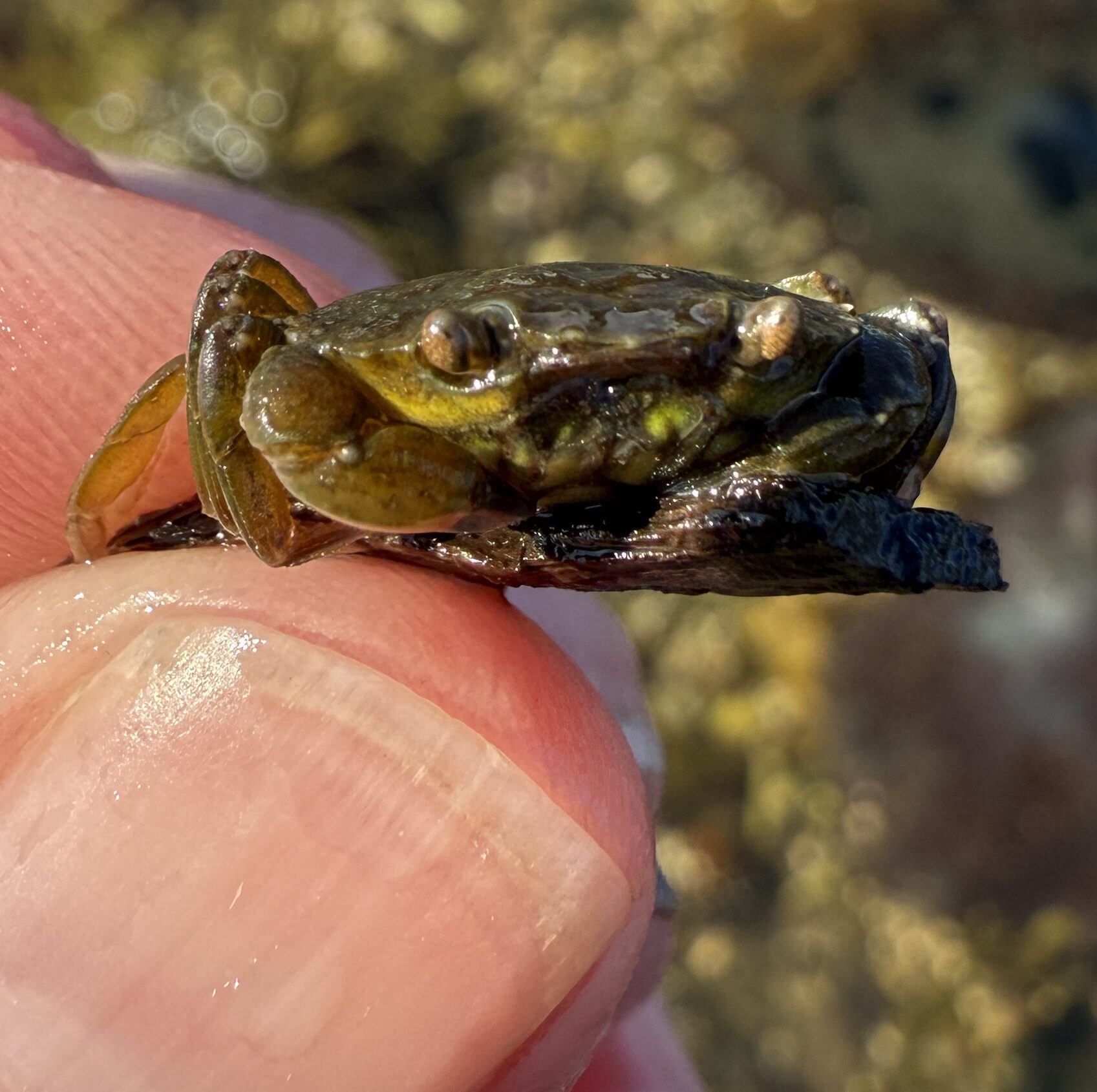
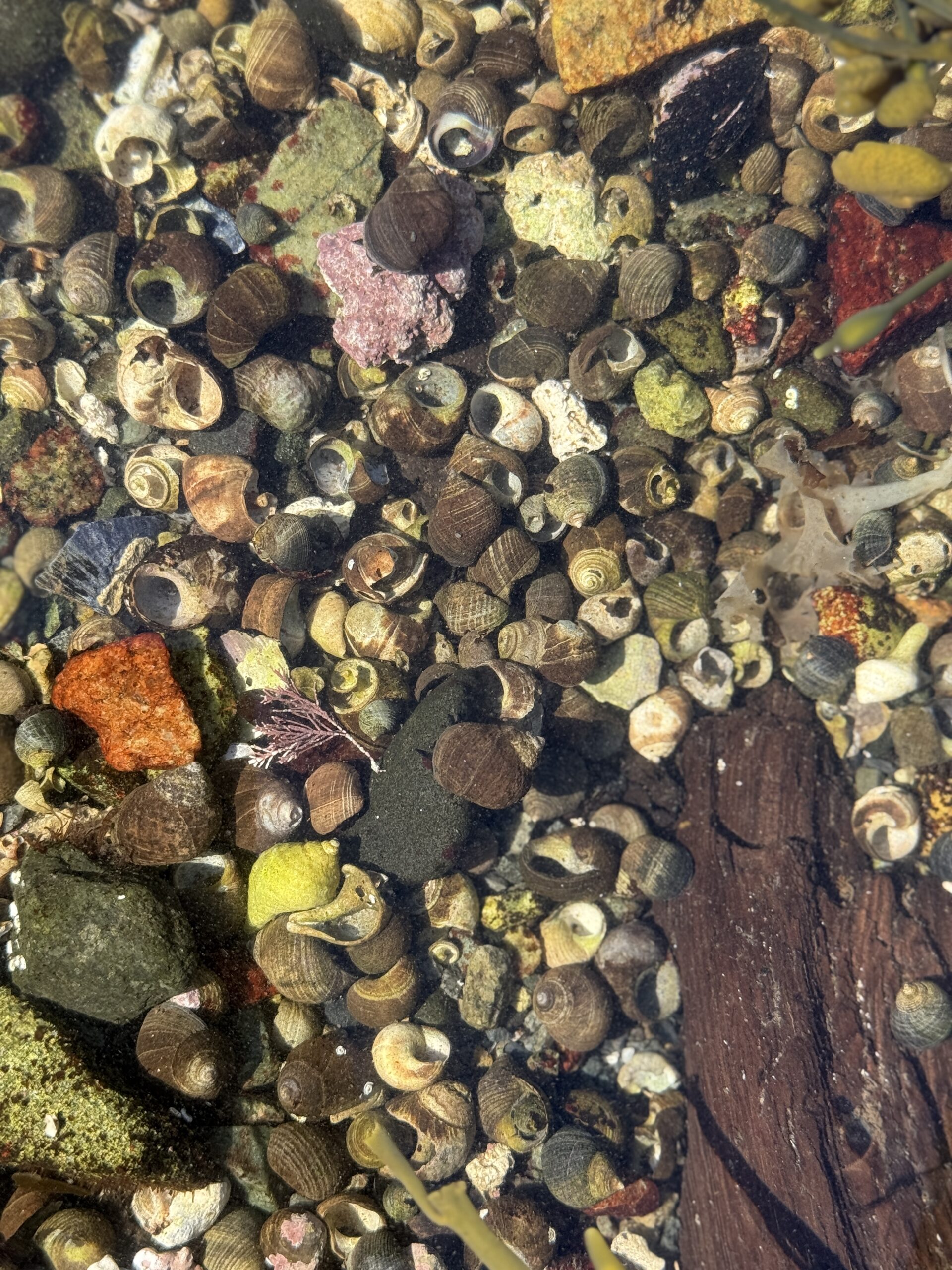
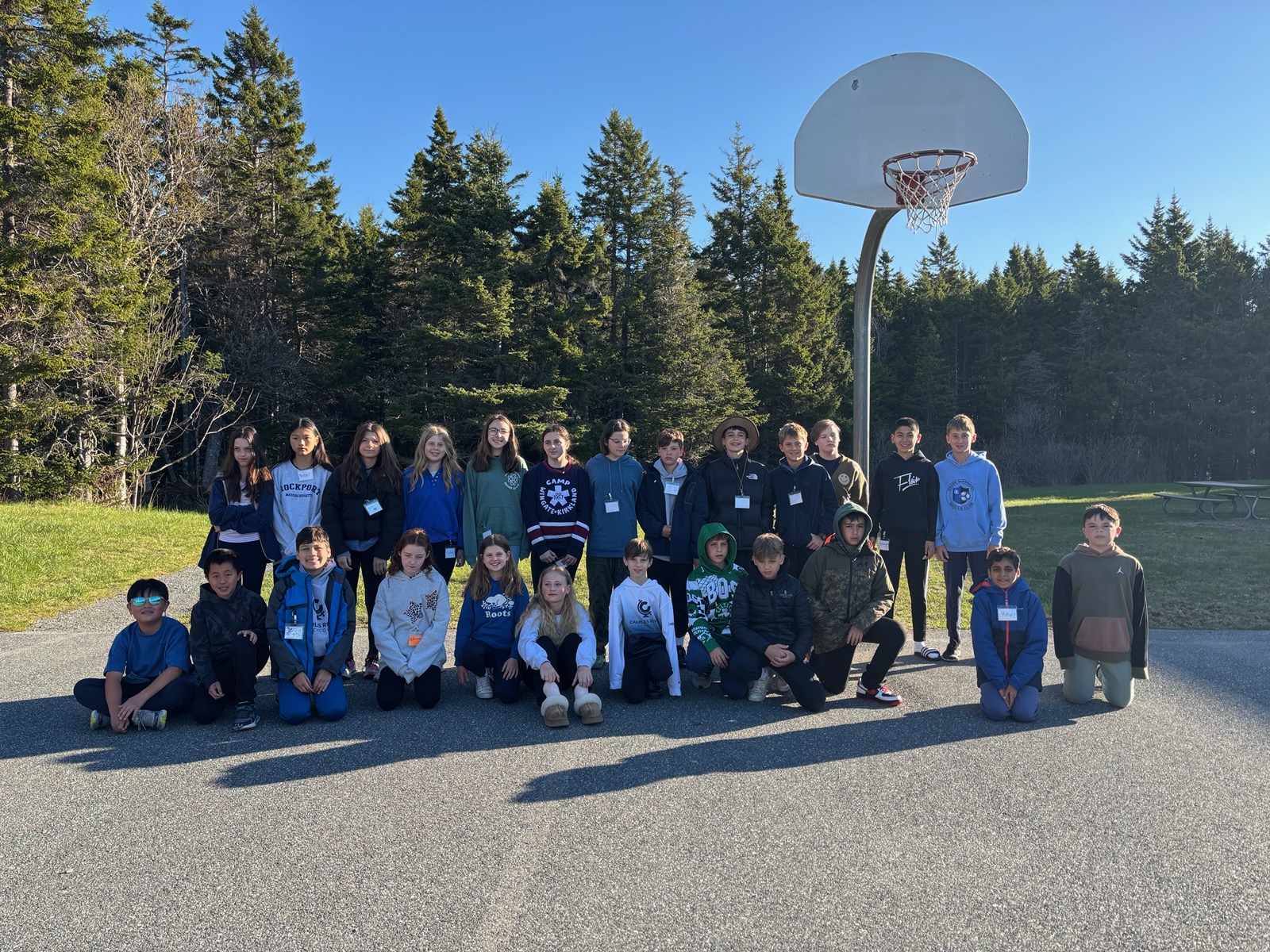
We broke for lunch (pizza!) and had time to talk in advisory groups about our work so far.
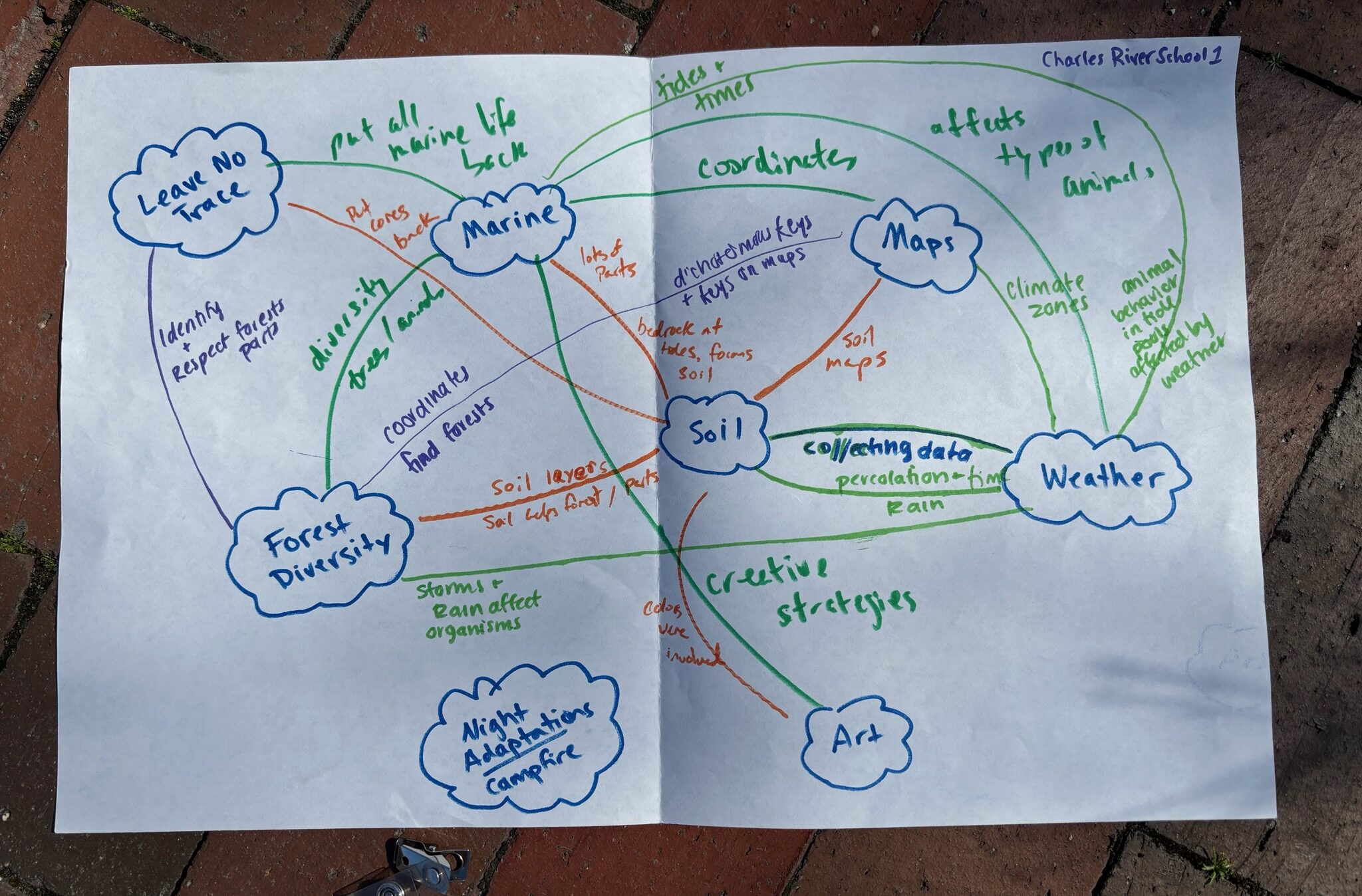
After each activity, we reflect and make connections to the ones we’ve done previously on our trip. Here’s a map connecting all of the modules we are studying in Acadia.

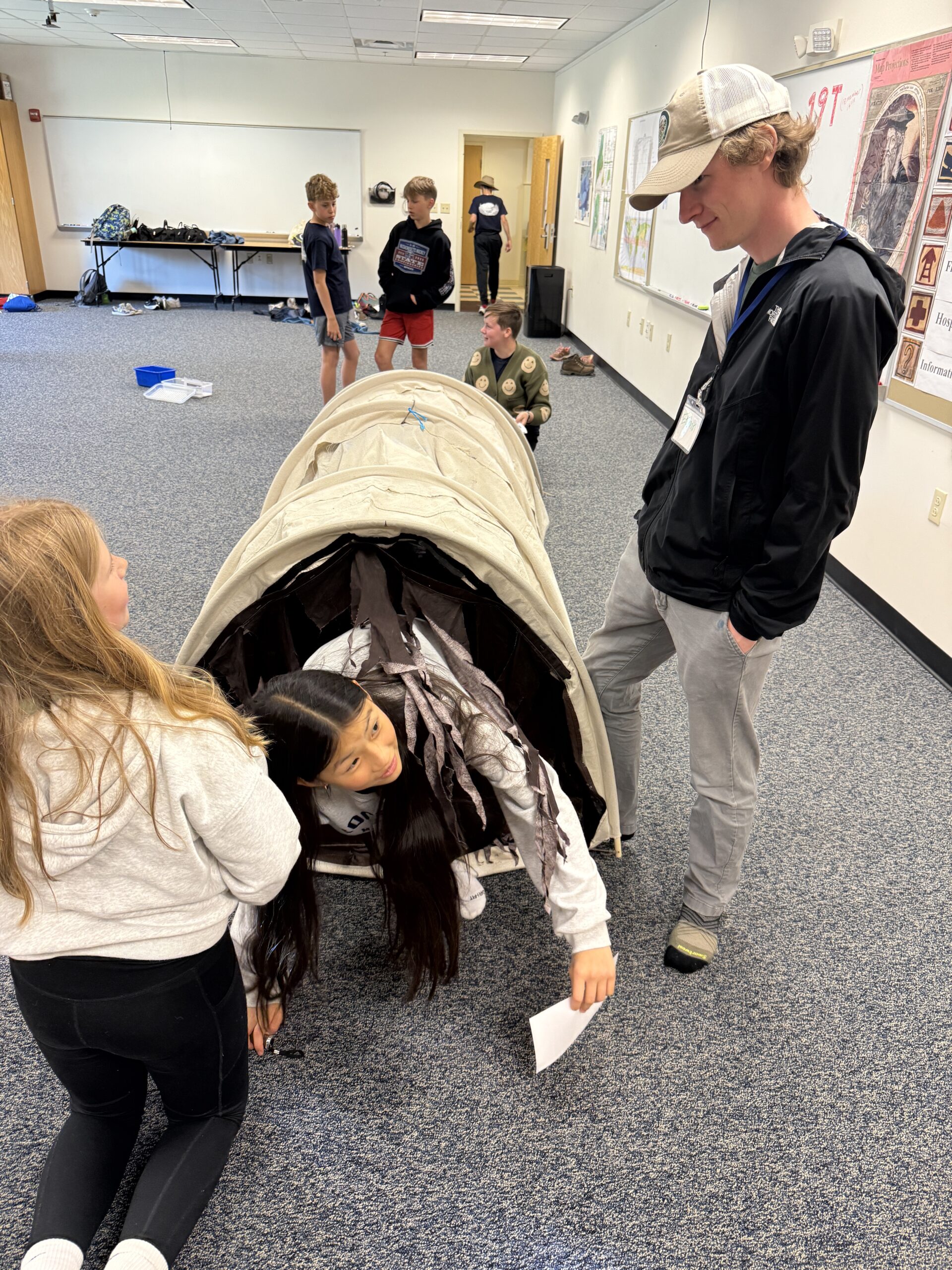
We rolled up our sleeves and ran over to our next experiential learning adventure: Soil Science. During this project, we got to go out in the field to examine soil layers and take soil cores temperature. We started learning in the classroom in a simulated “worm soil tunnel.”
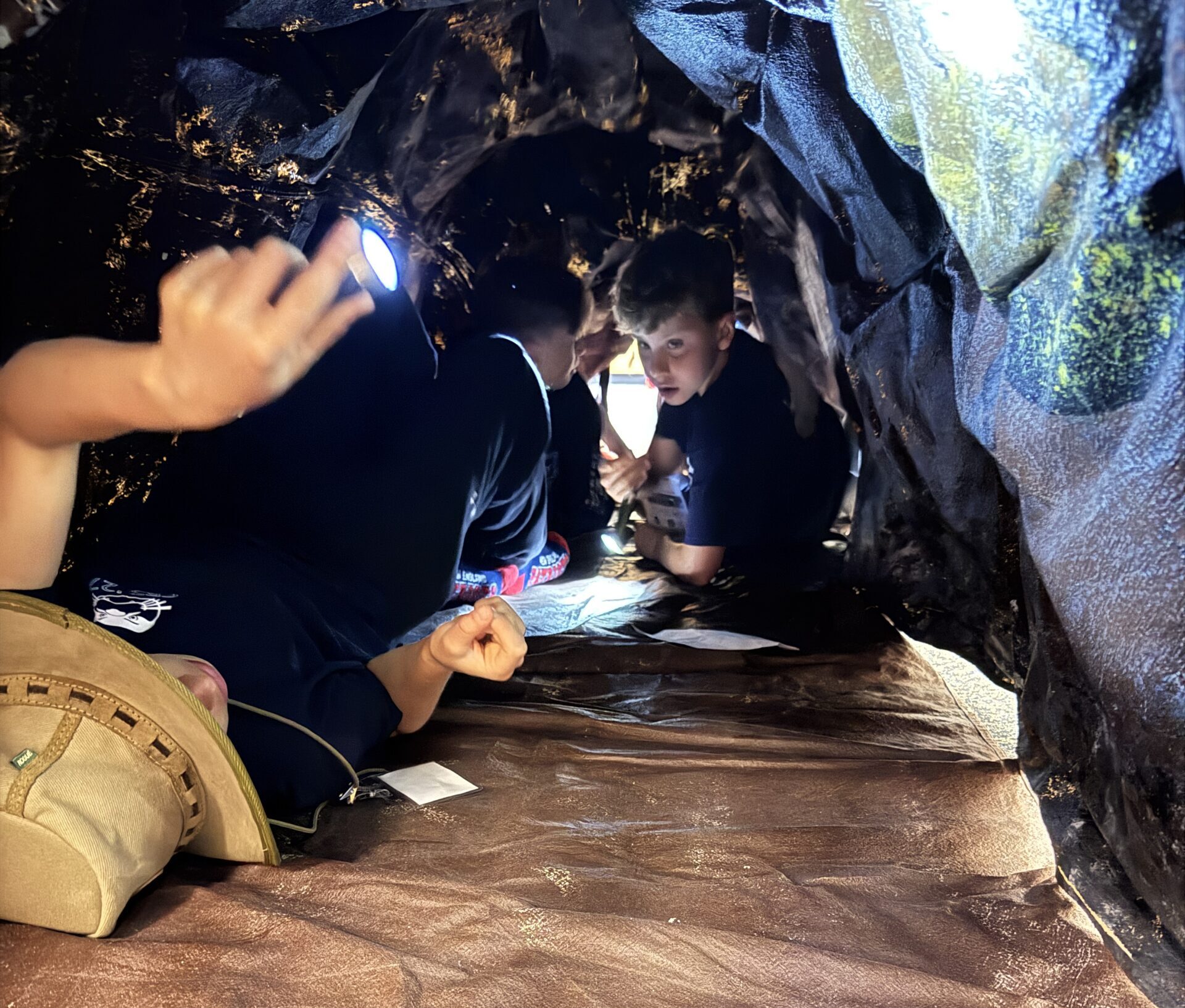
Students took on the role of a worm and burrowed through the “soil” looking for a list of characteristics and features.
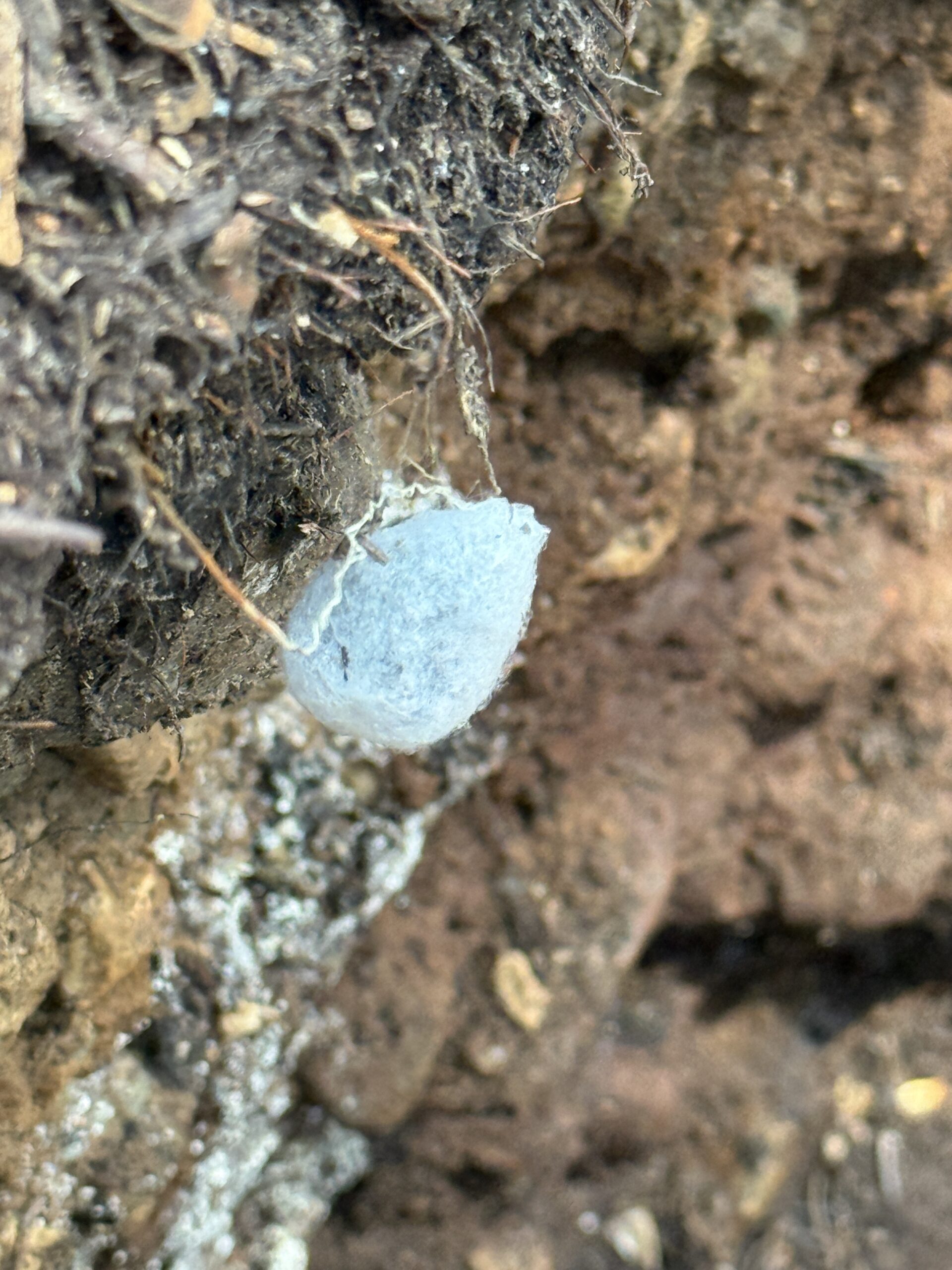
And then went outdoors. We learned about physical and chemical weathering as we studied layering in a soil pit (pictured here with a spider egg sac.) We used scientific tools to collect data on localized percolation rates, soil pH, and core depths and constructed soil maps of the campus area.
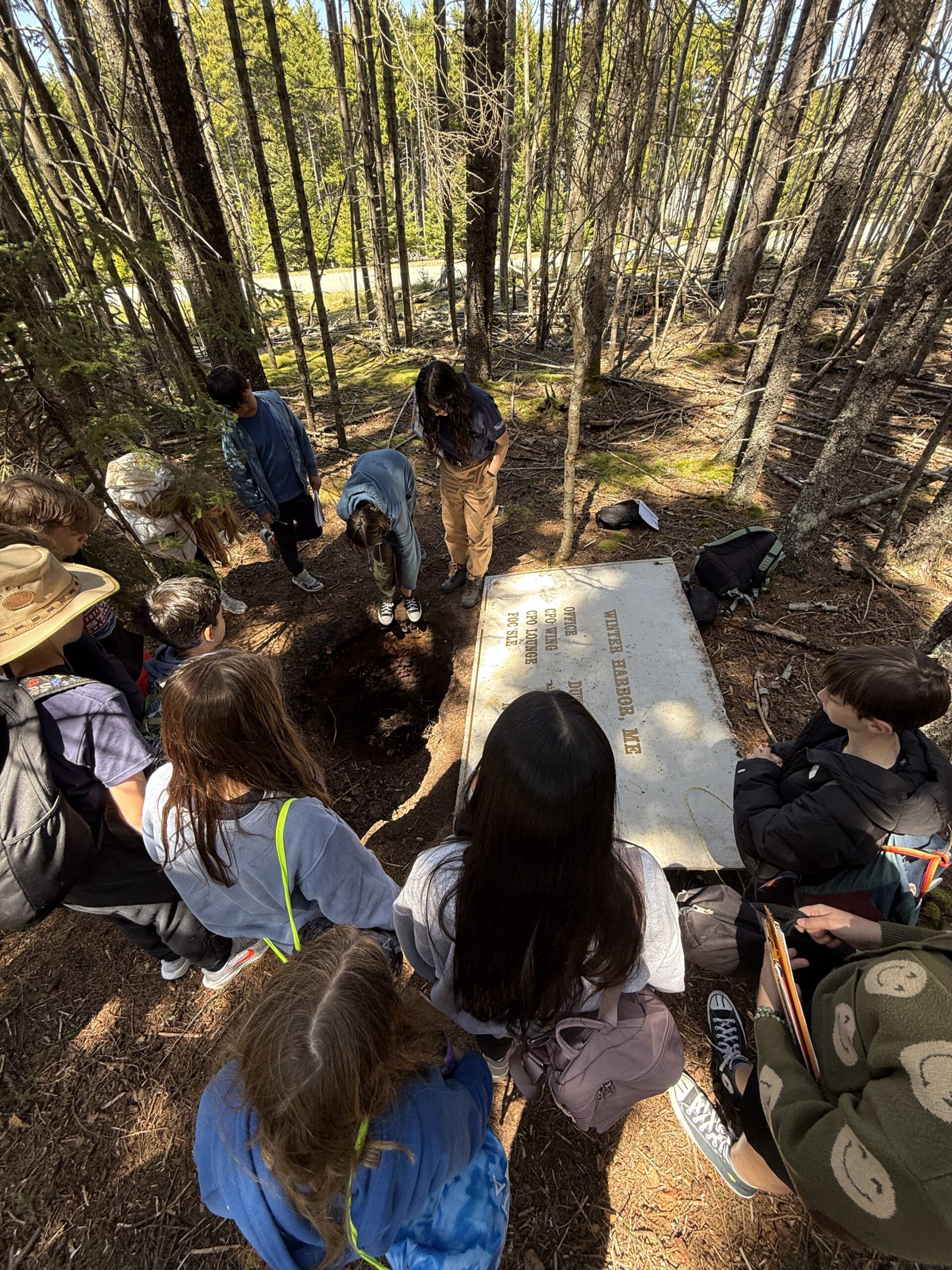
We also talked about why soil is important to the health of an ecological community and its connections to humans.
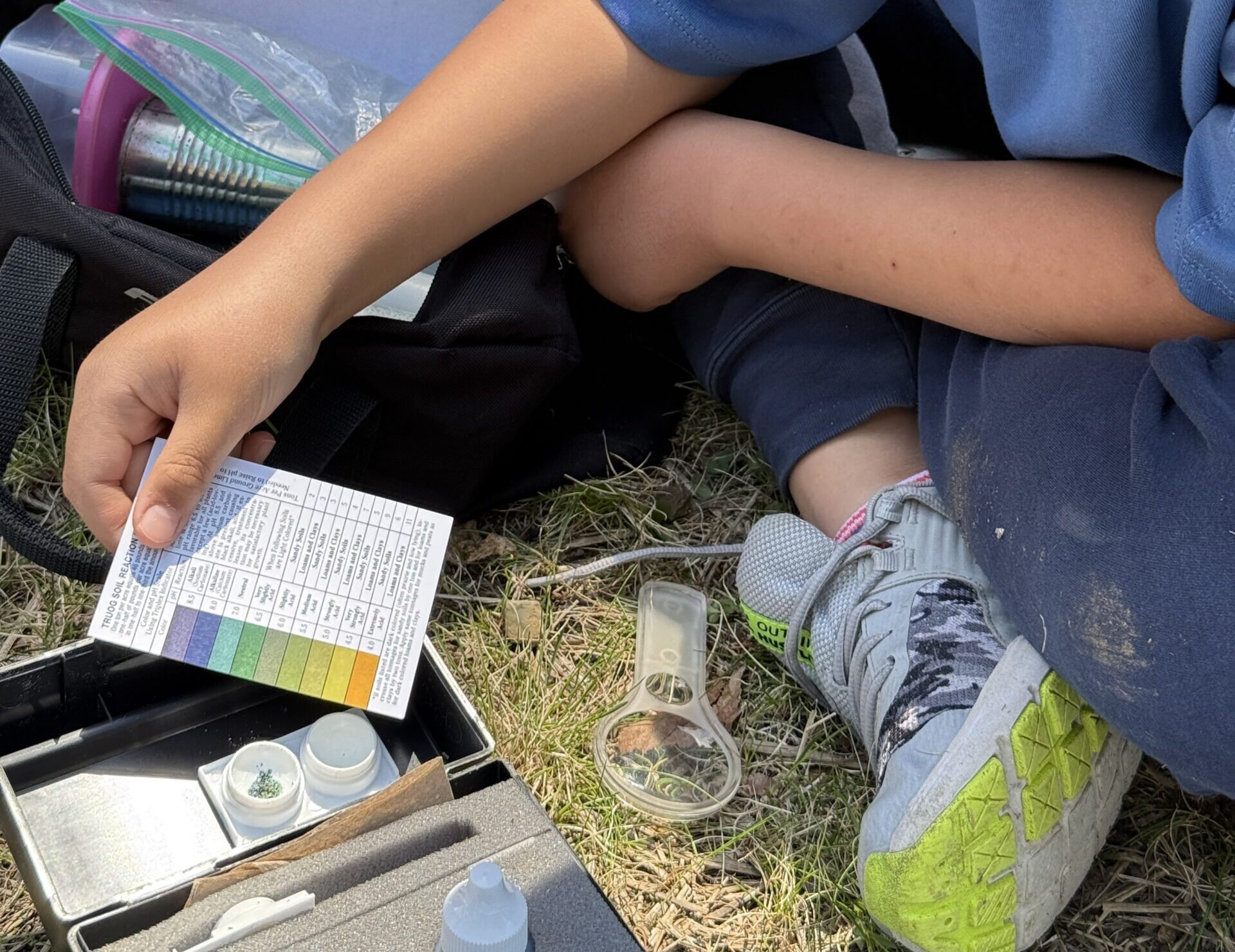
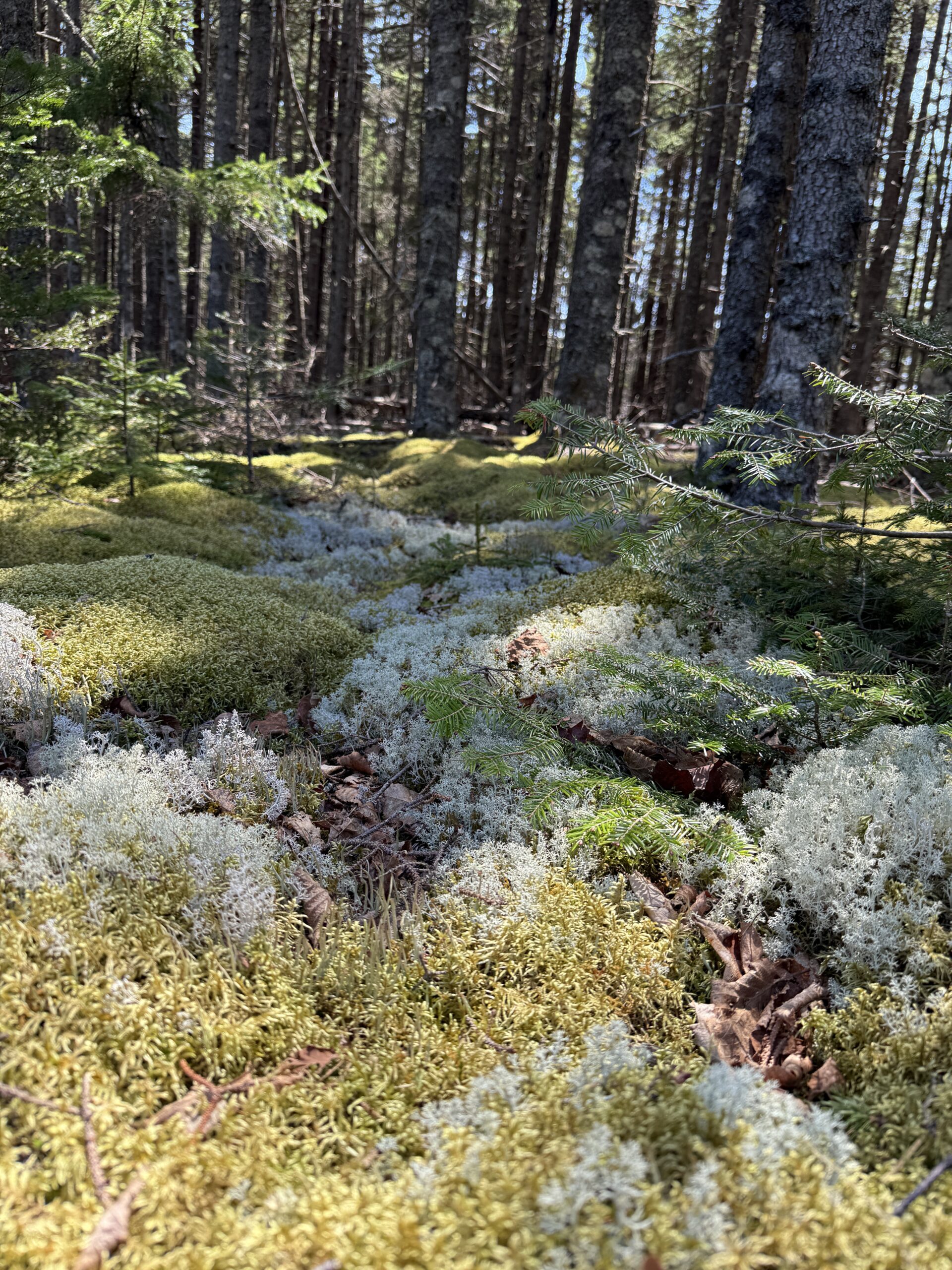
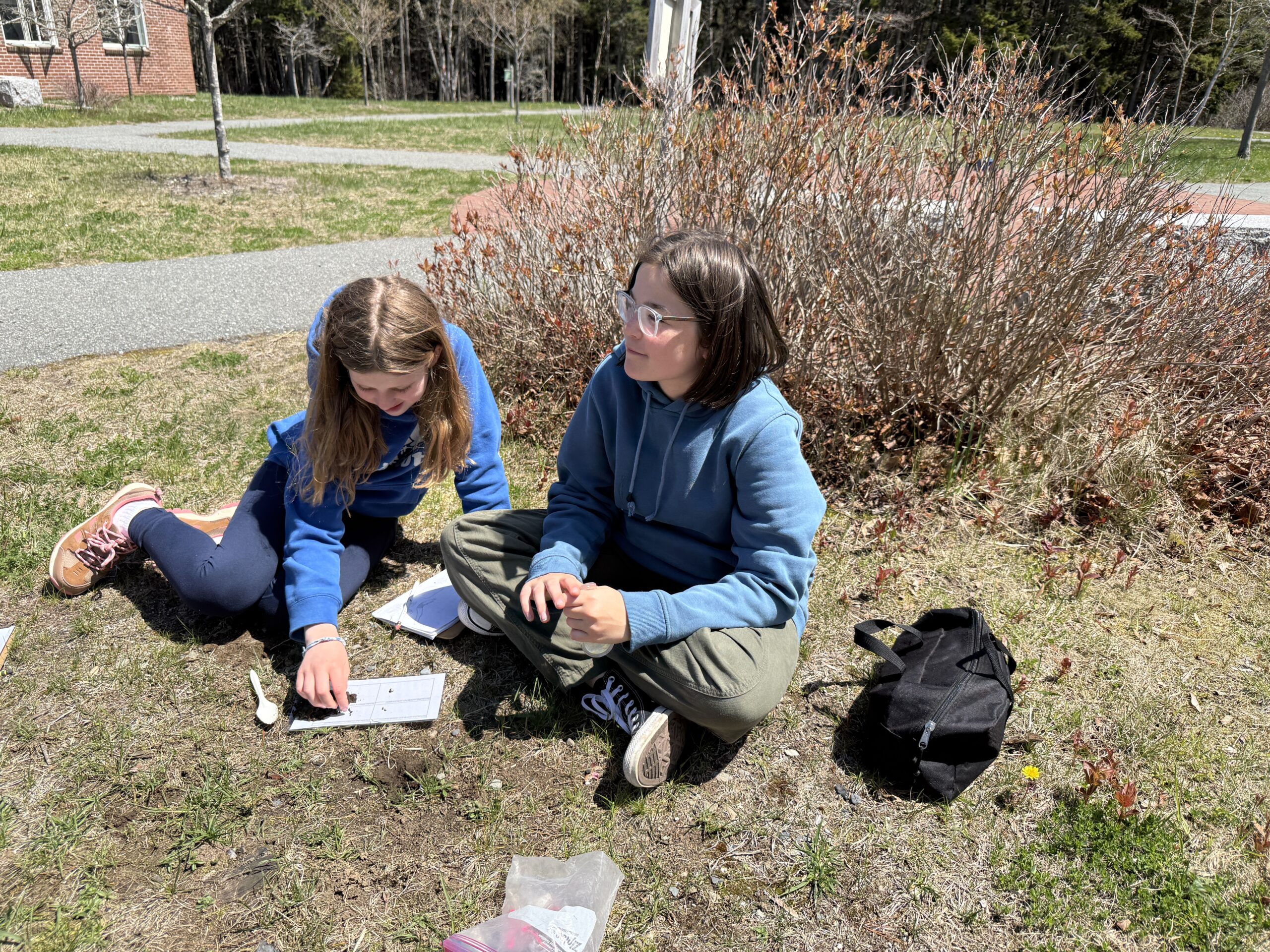
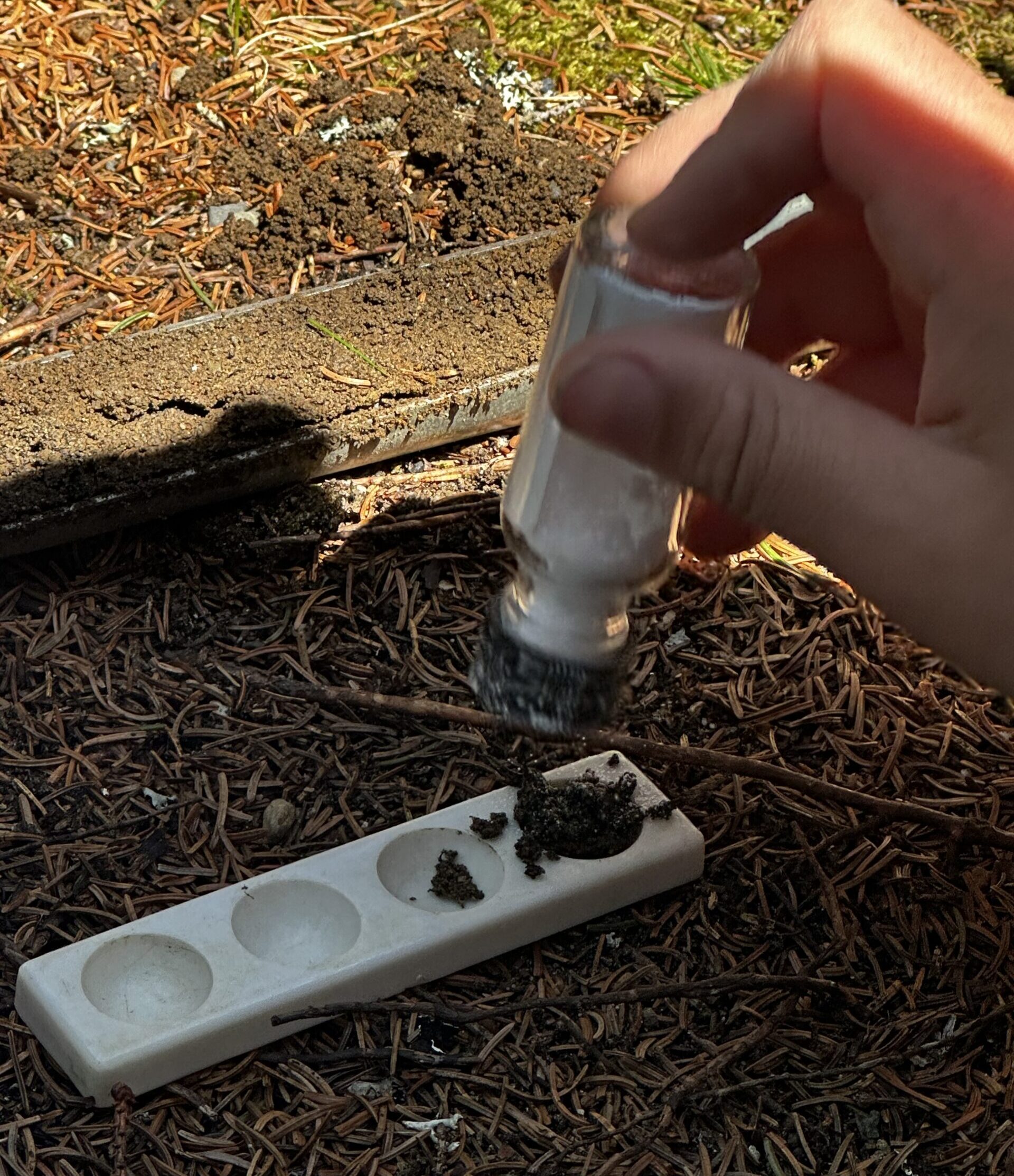
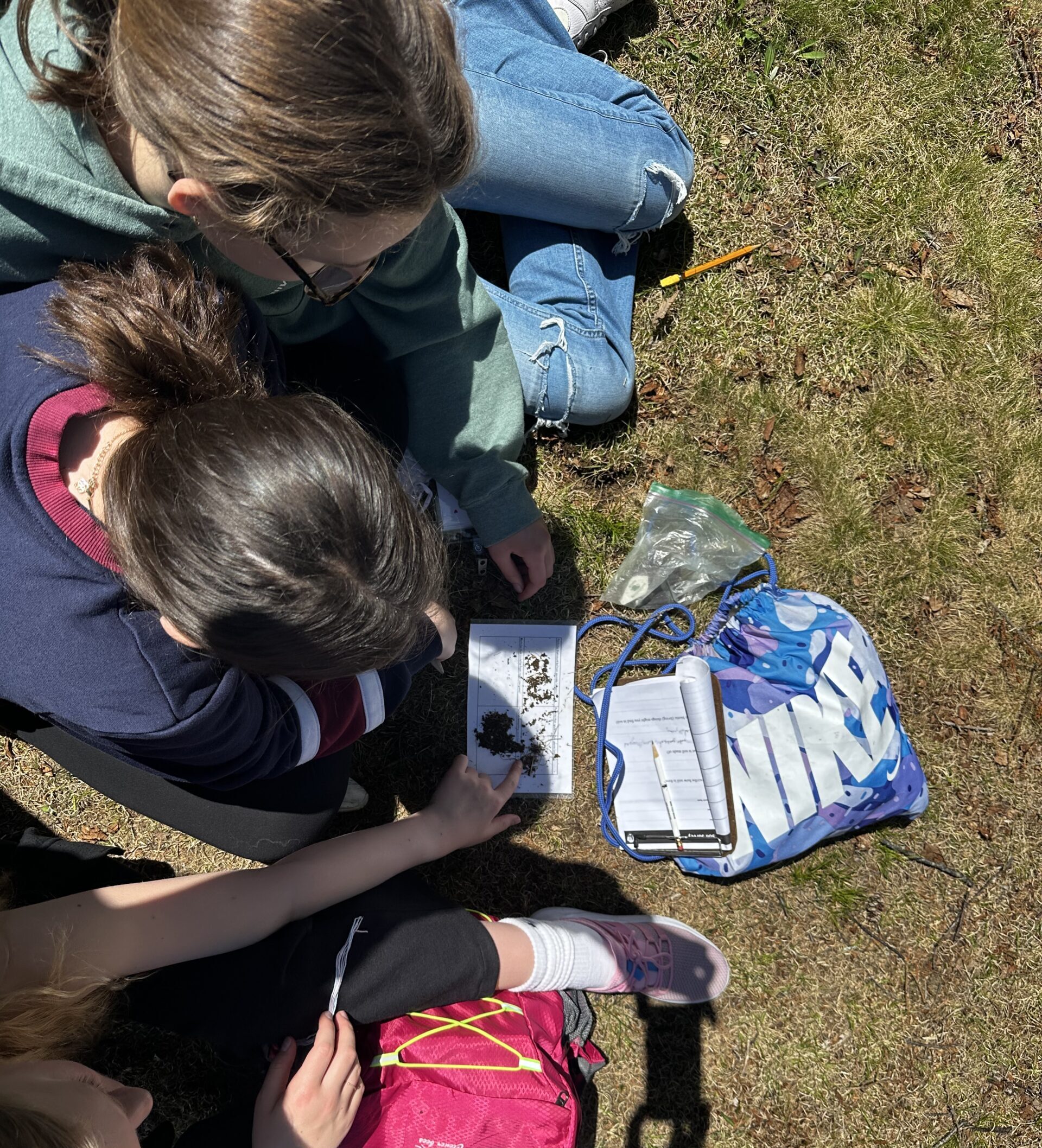

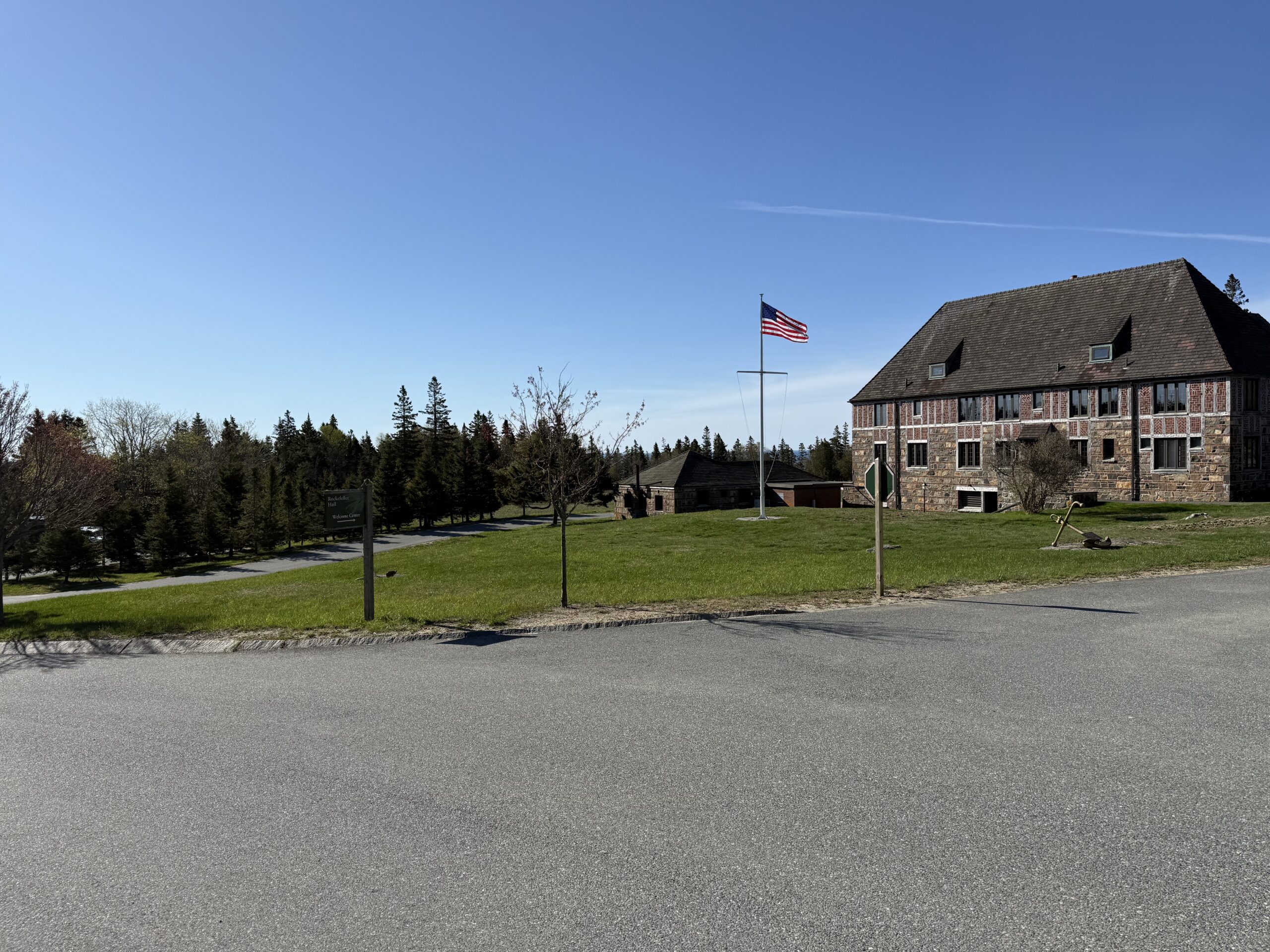
After digging into soil, it was time to expand our learning to talk about weather and climate with our park ranger, Alexa.
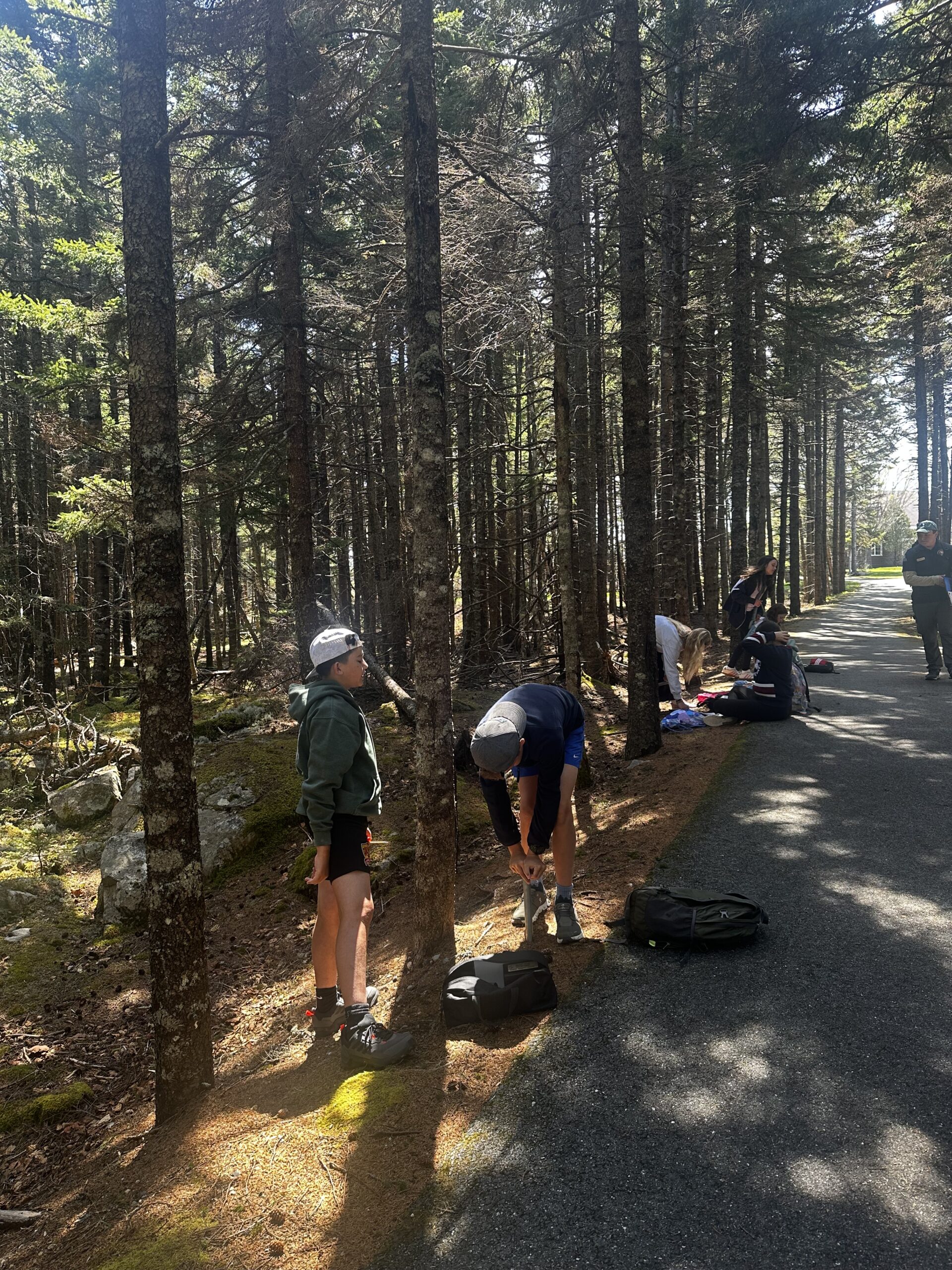
The SEA weather and climate program begins with an overview of the factors that create and influence weather.
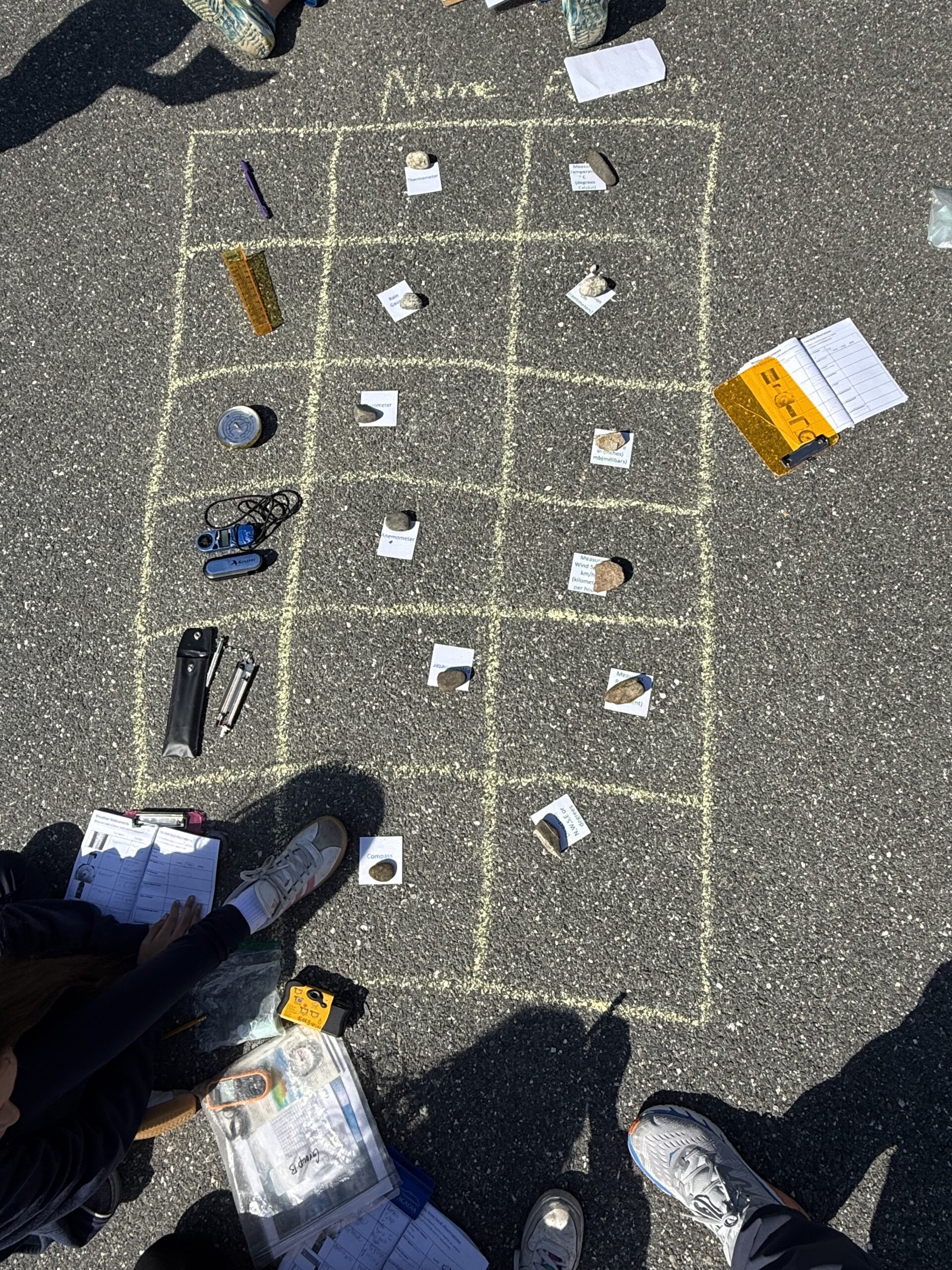
Students learned about many types of weather instruments and then got to utilize the instruments in the field to record and interpret data!
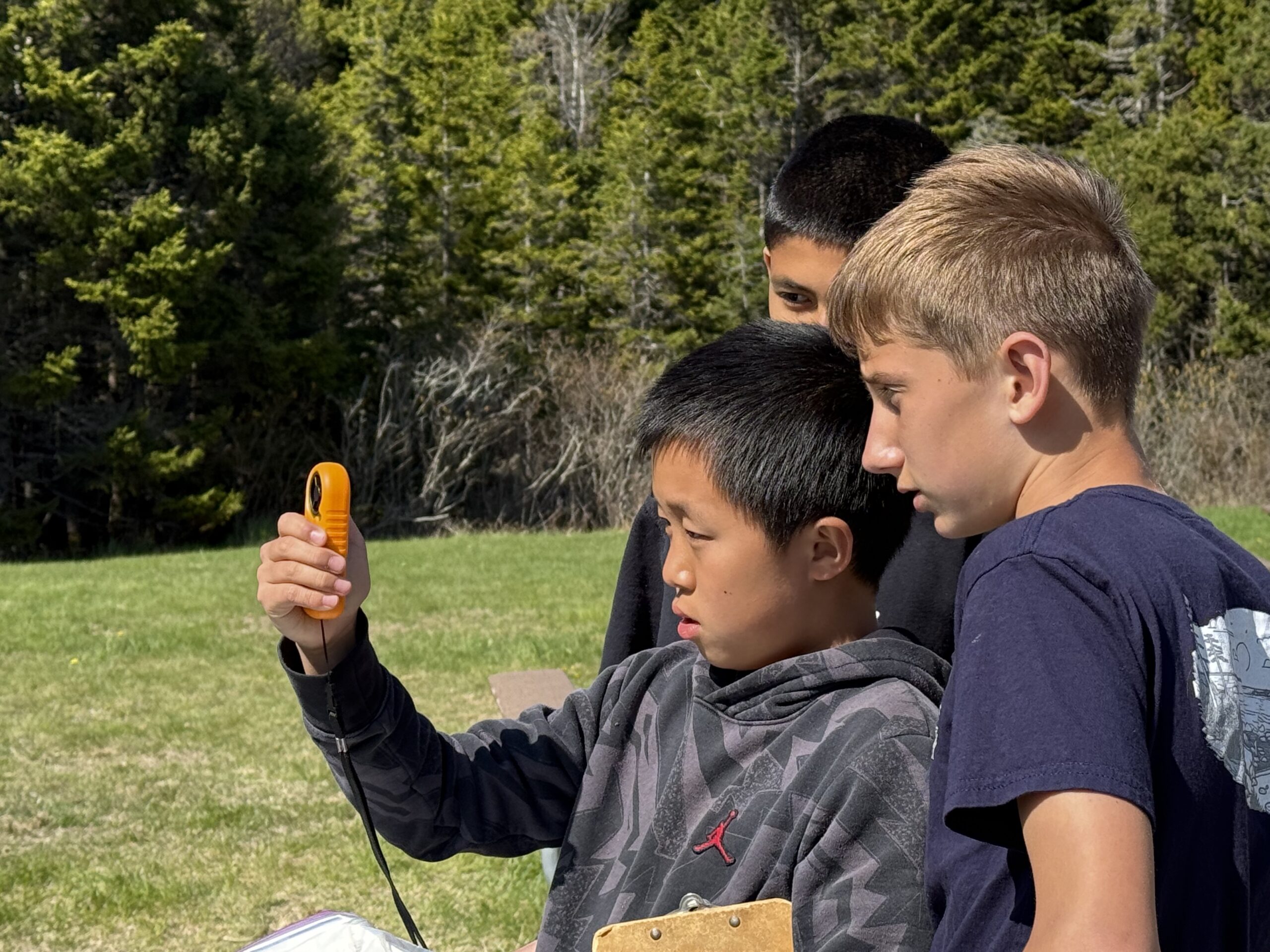
We used an anemometer to measure wind.
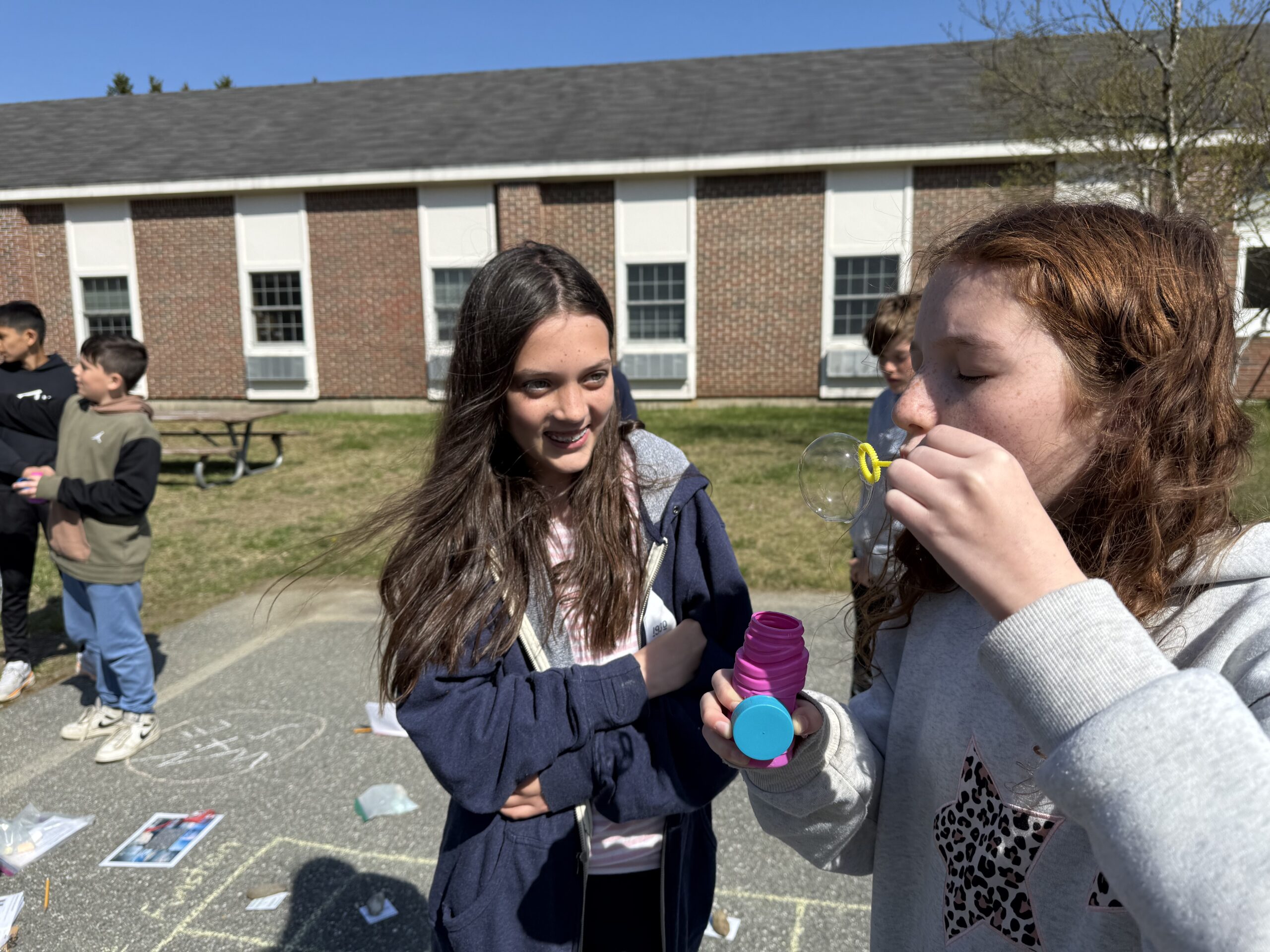
We blew bubbles to identify wind direction. And used other tools to make our own weather forecast!
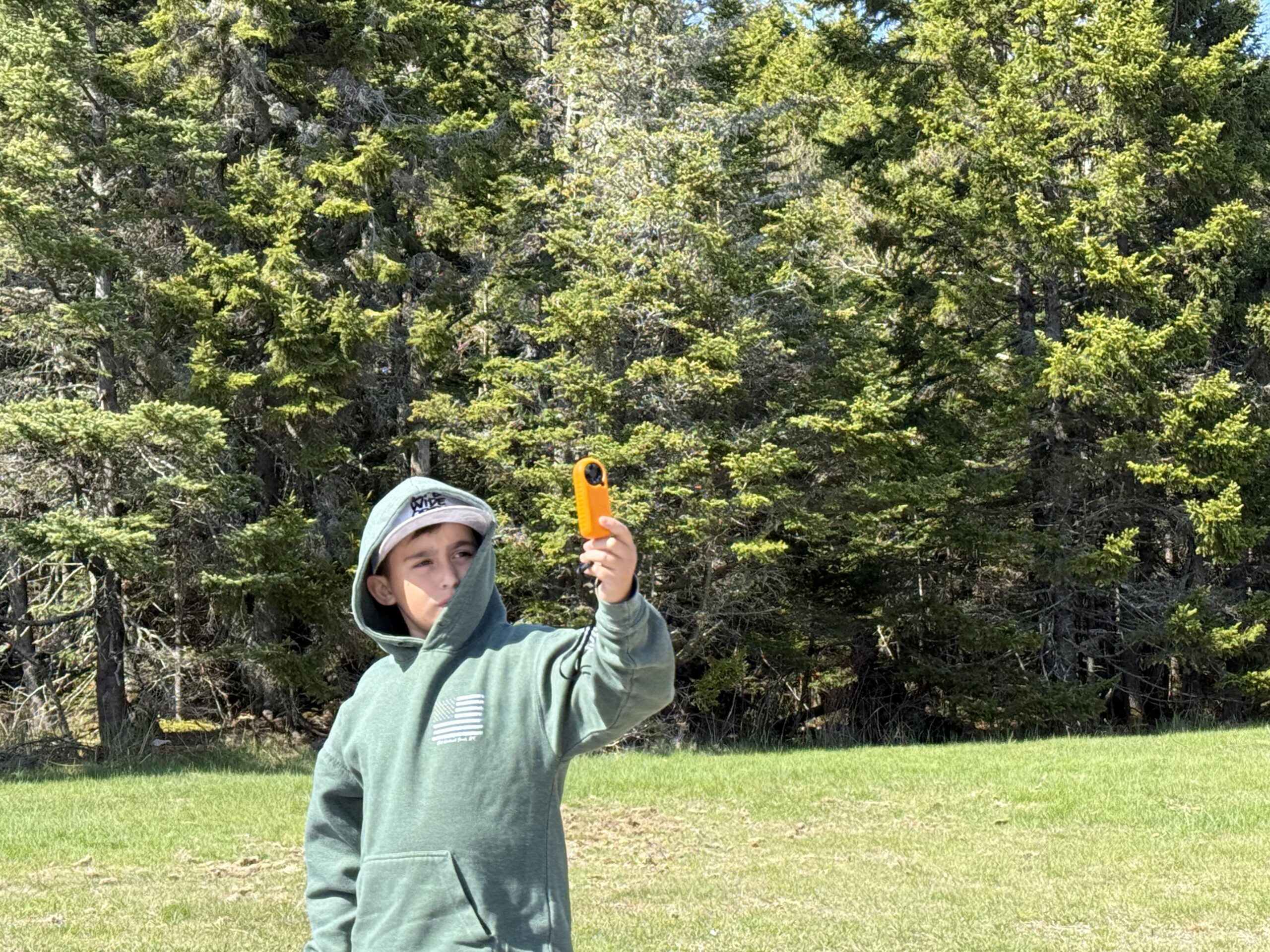
The program also explores the difference between weather and climate, focusing on climate change, its causes, and effects.
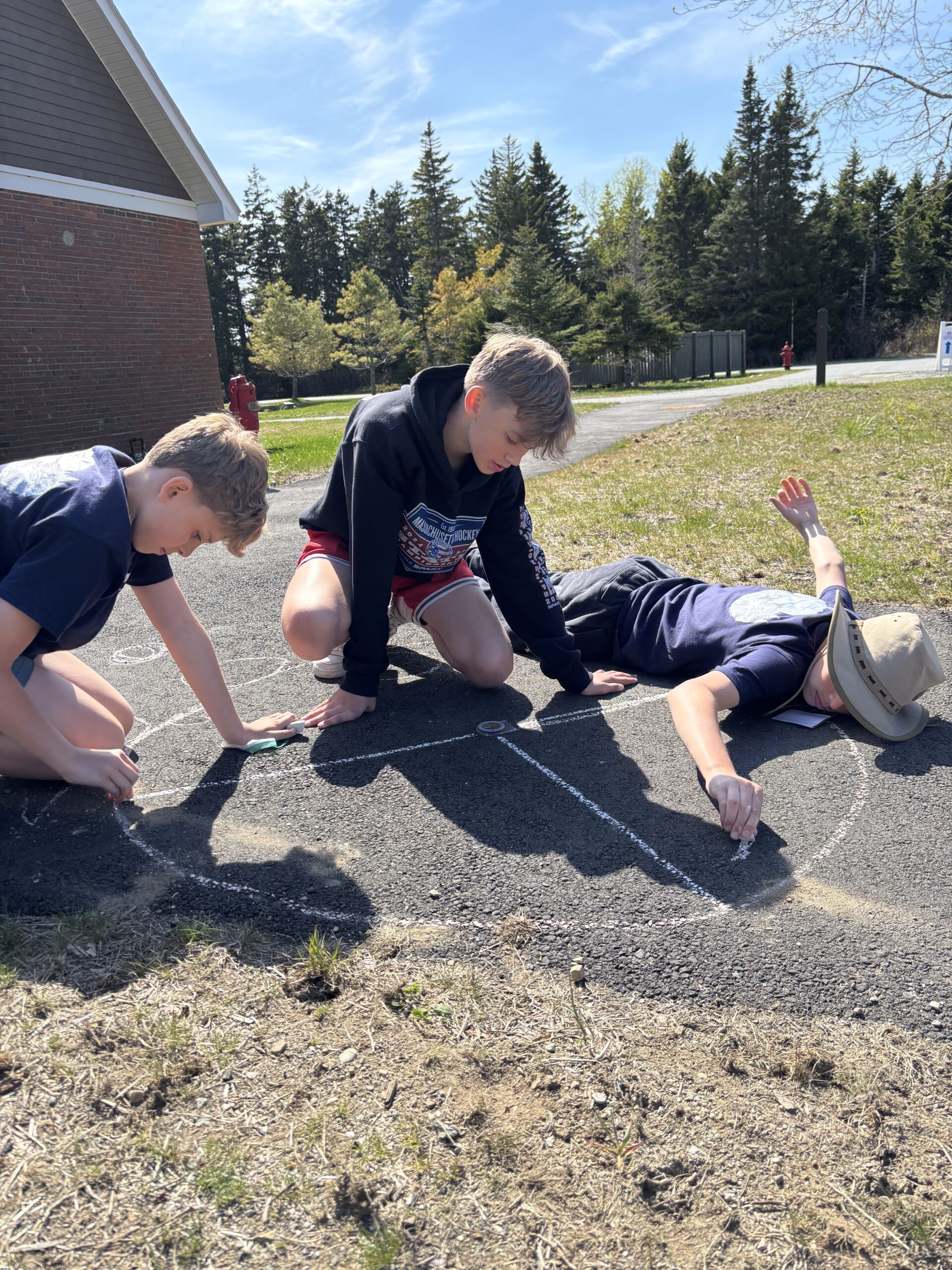
We were able to share with the SEA team about what we’ve been studying this year at CRS and it was really interesting to see the connection between our studies and real-world applications on the coast of Maine!
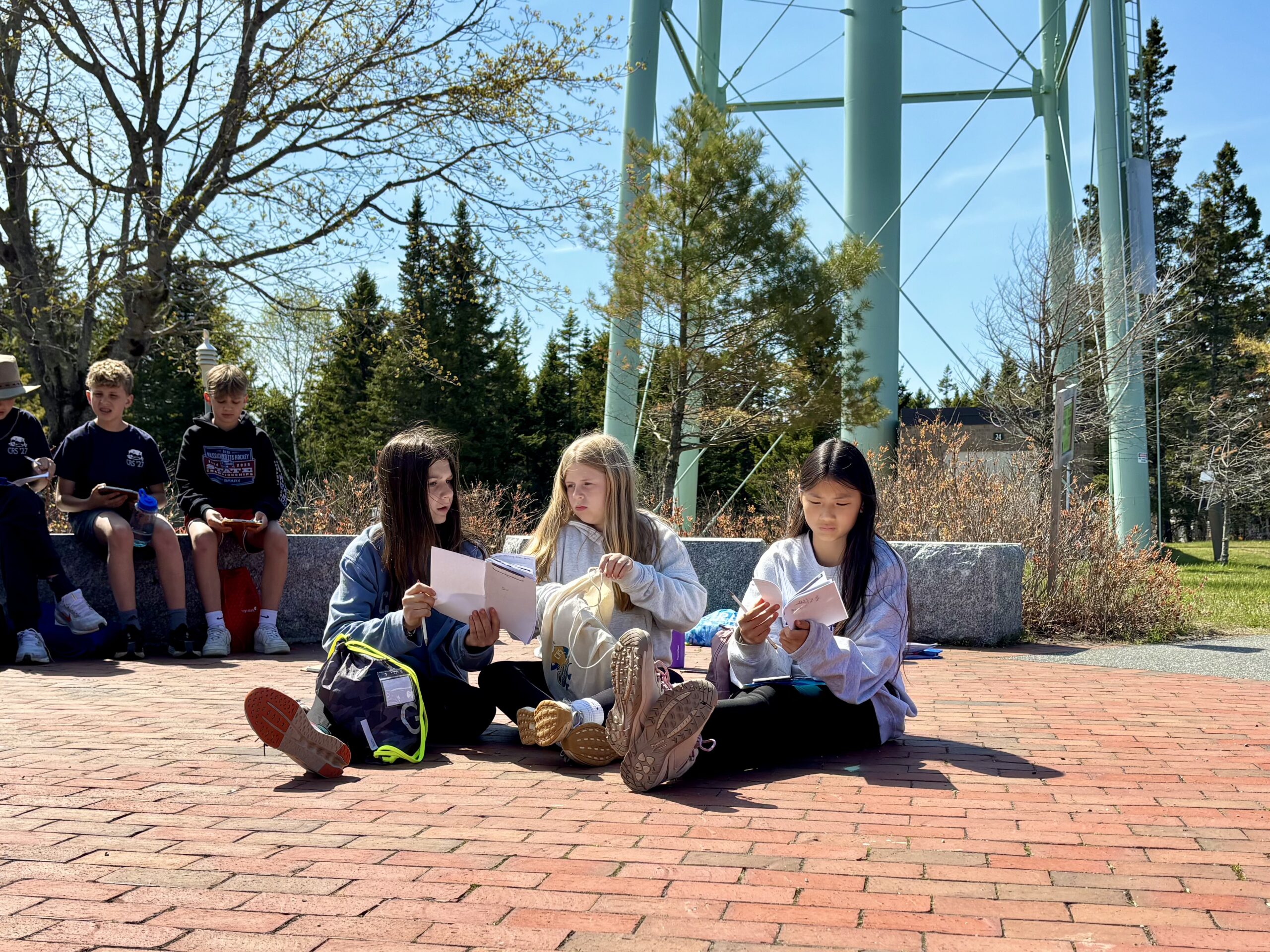
We had some free time to unwind and explore and then headed to dinner. On the menu tonight: mac & cheese, baked ham, green beans, and cornbread.
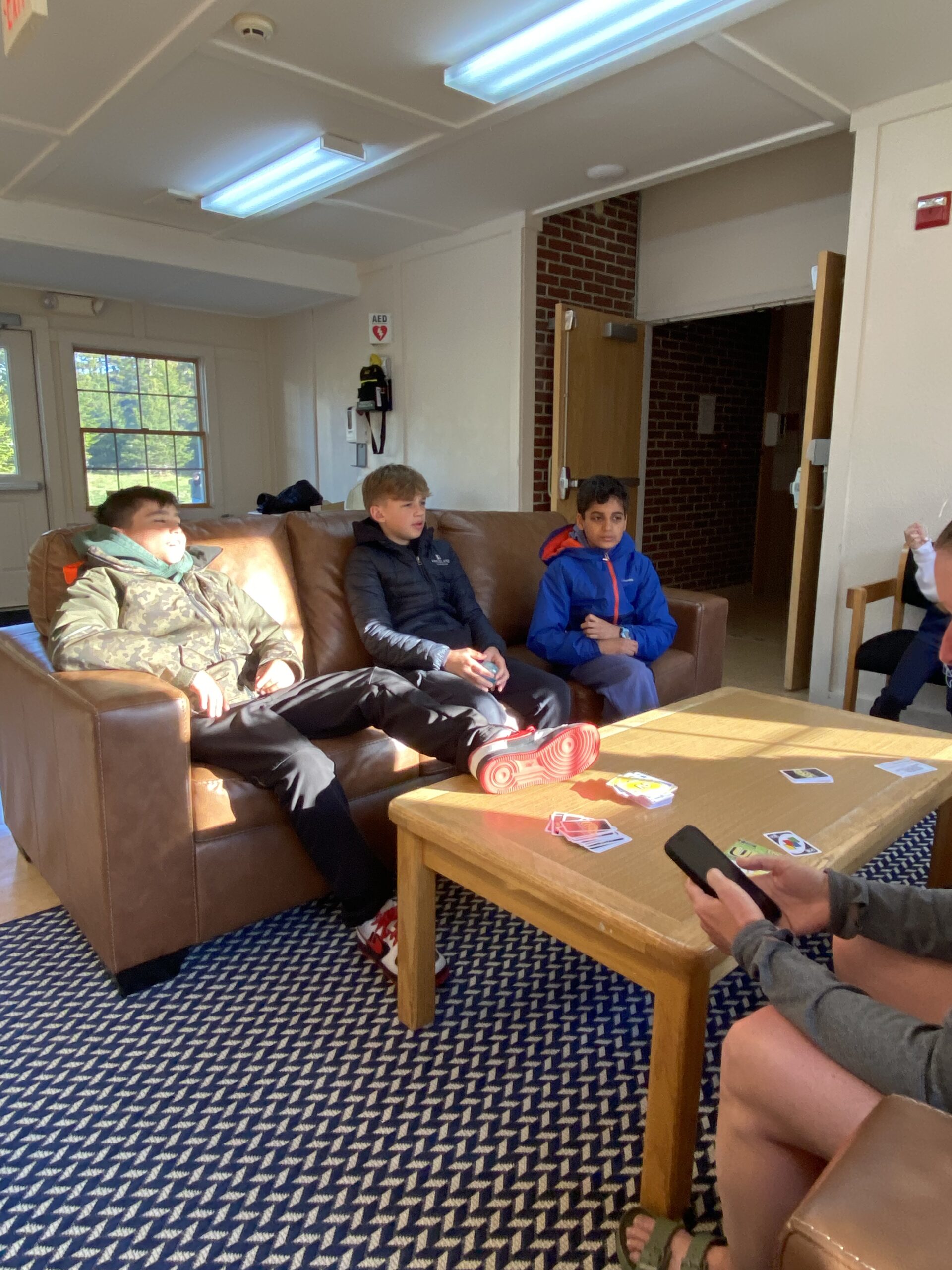
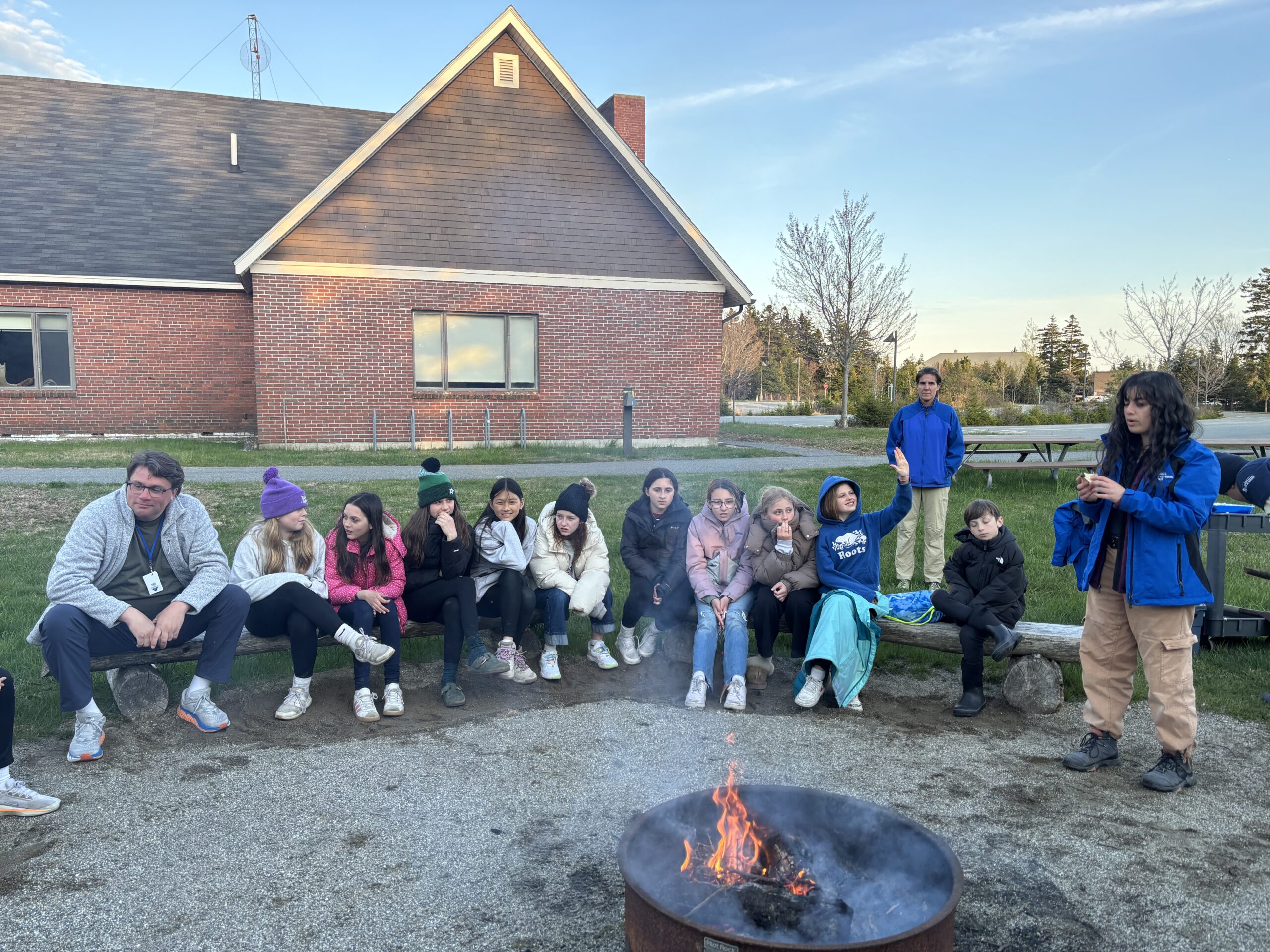
The finale to day 2 was an evening campfire! Chris brought his guitar and we enjoyed s’mores and group sing-alongs including a special remix to the song we performed at May Day “It’s the End of Sixth Grade and We Know It.” The remix started with “Sixth grade, it ends with a Maine trip…” Watch it here.
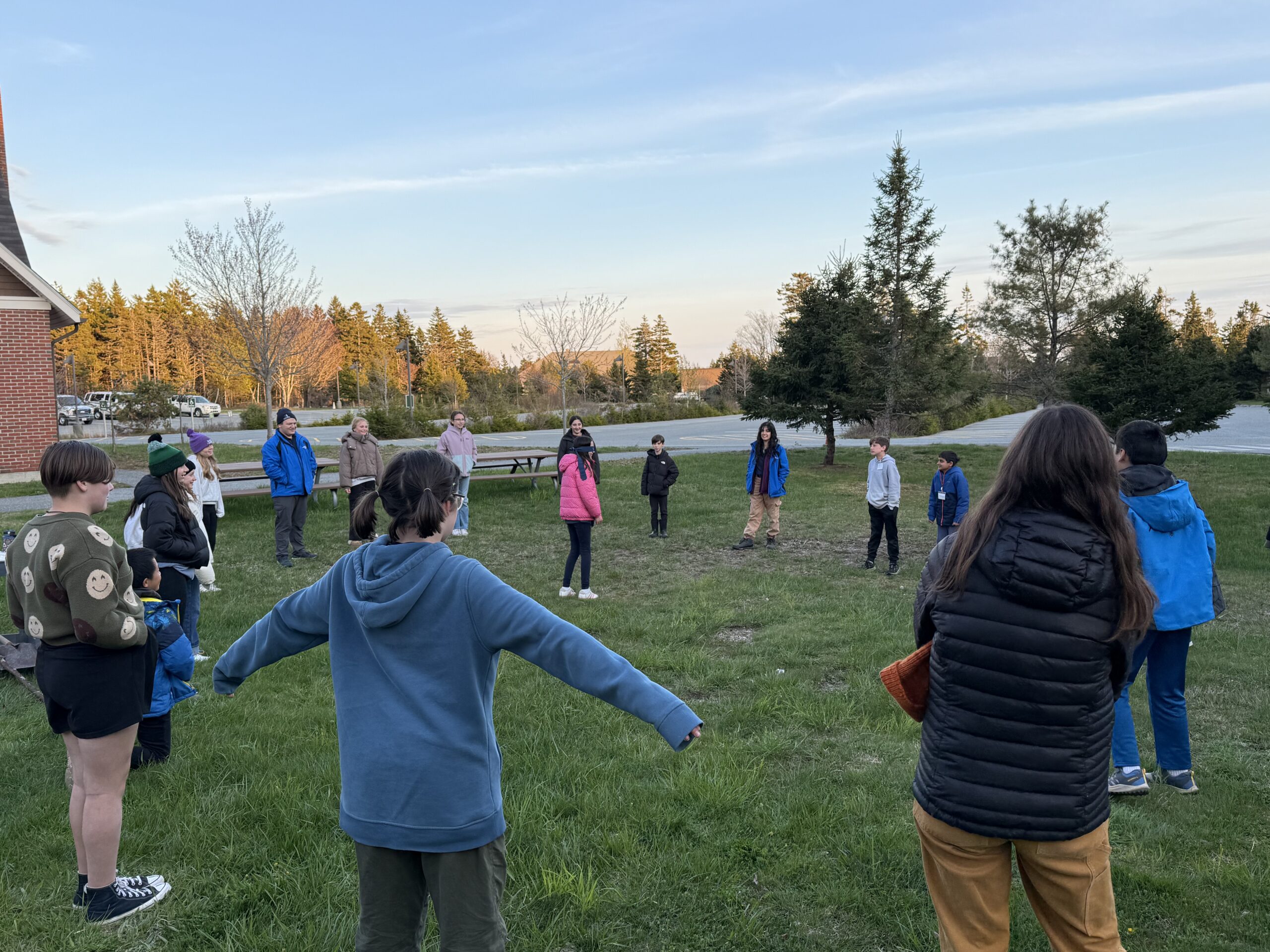
We also learned about the importance of responsible fire building and enjoyed interactive stories and games including Bat/Moth pictured here.
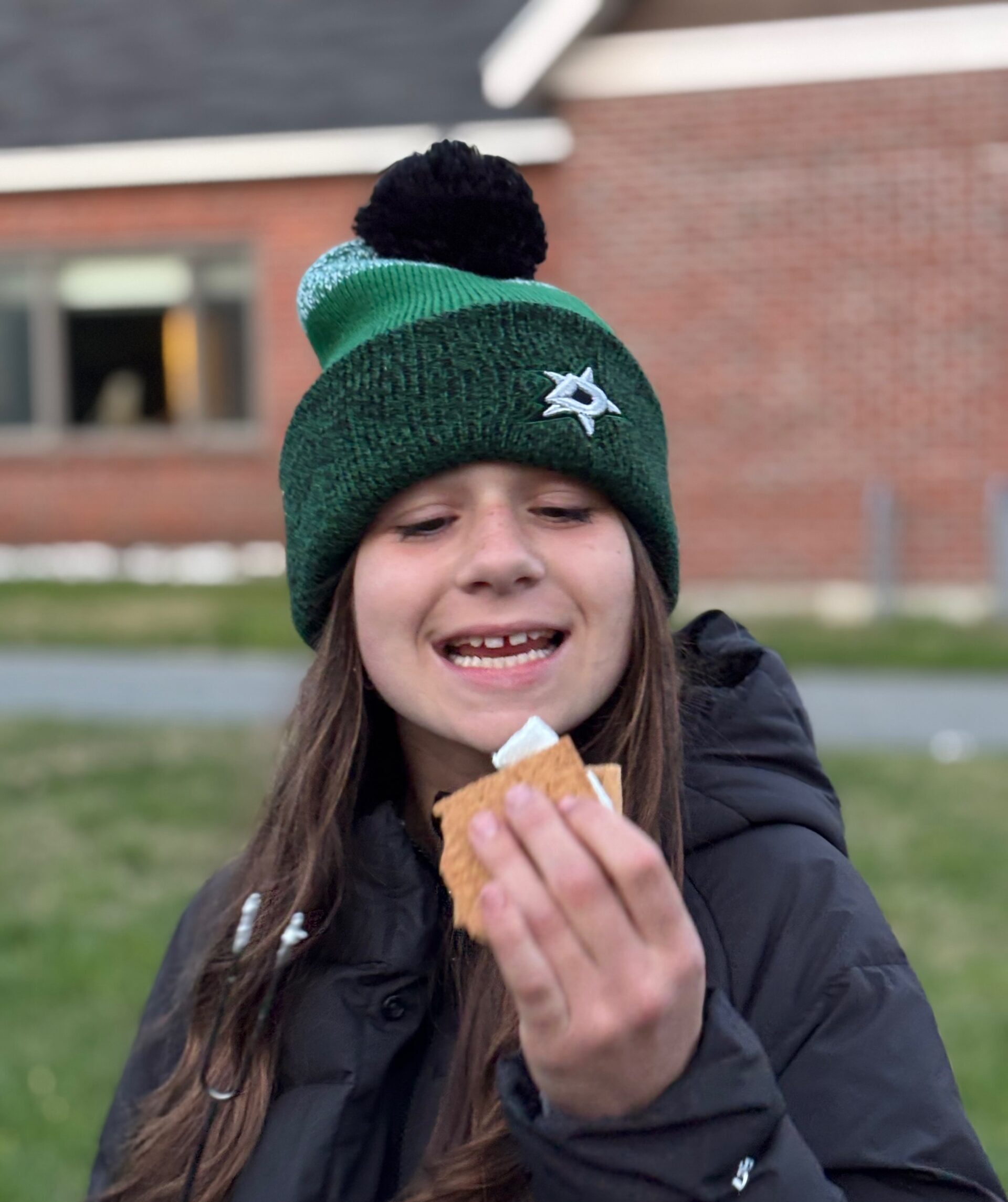
Throughout the trip students have been taking photos of meaningful moments on disposable cameras to look back on.
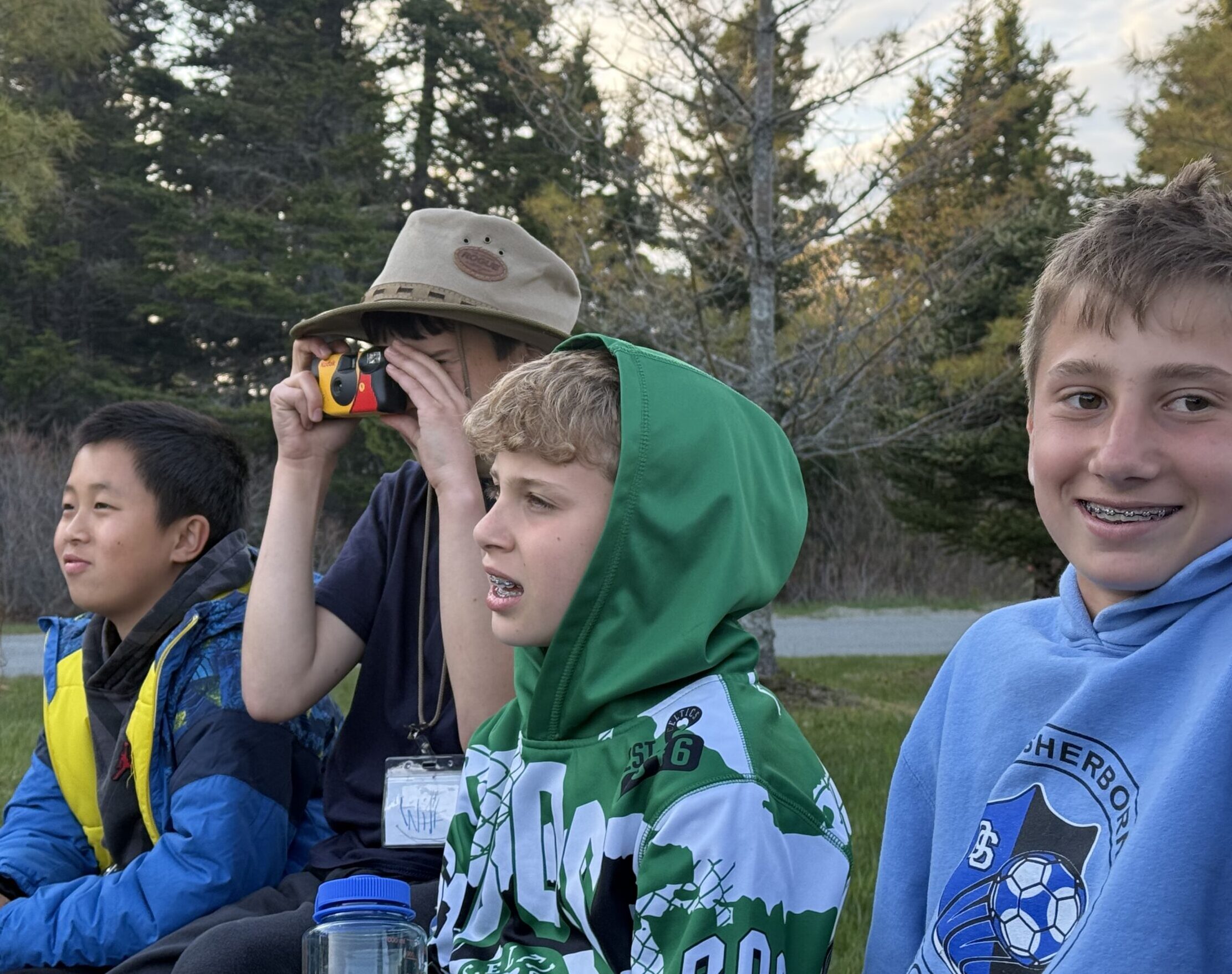
The campfire definitely made the cut.
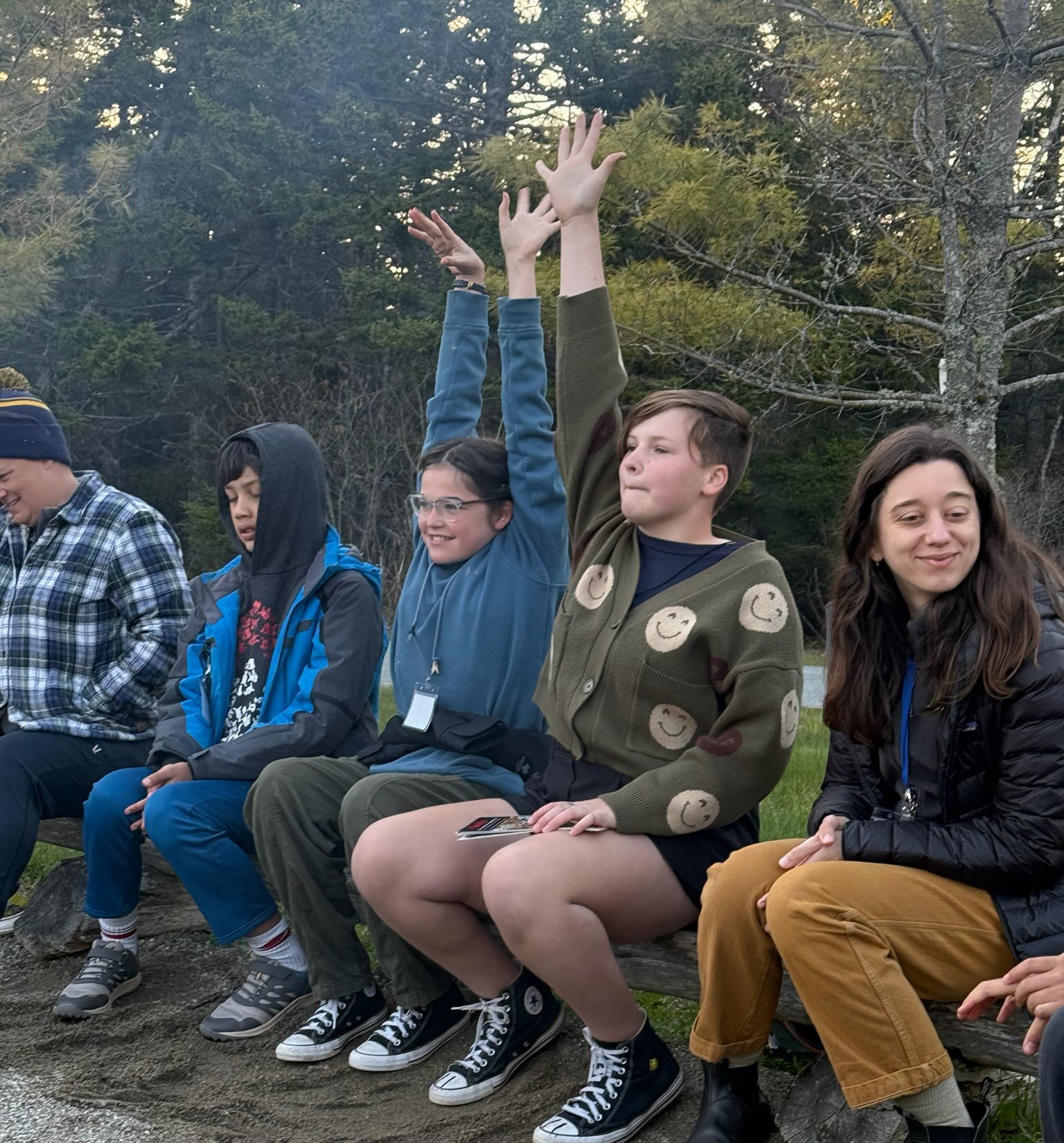
We ended the day by meeting in advisory groups to reflect and spend time in community.
